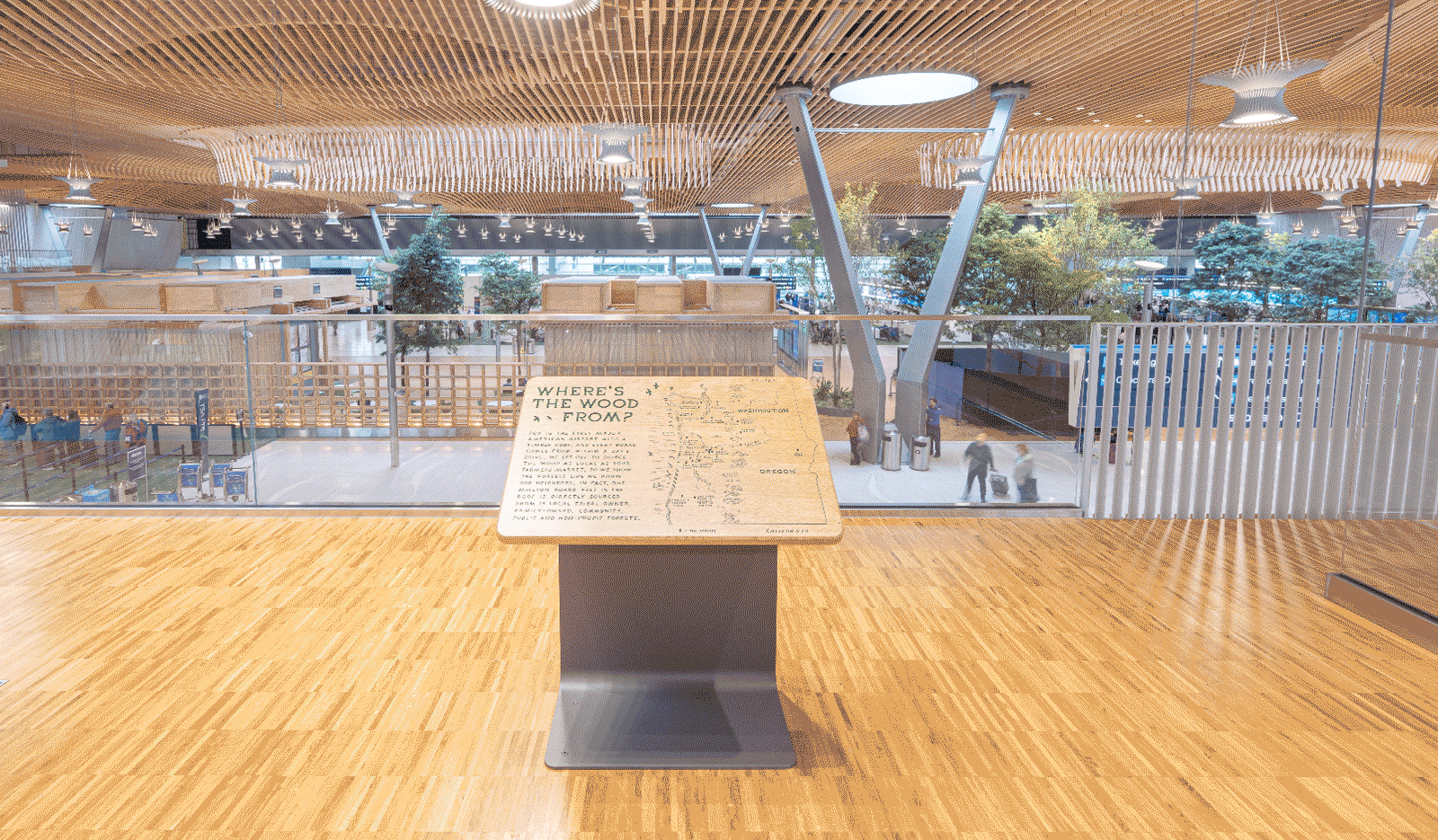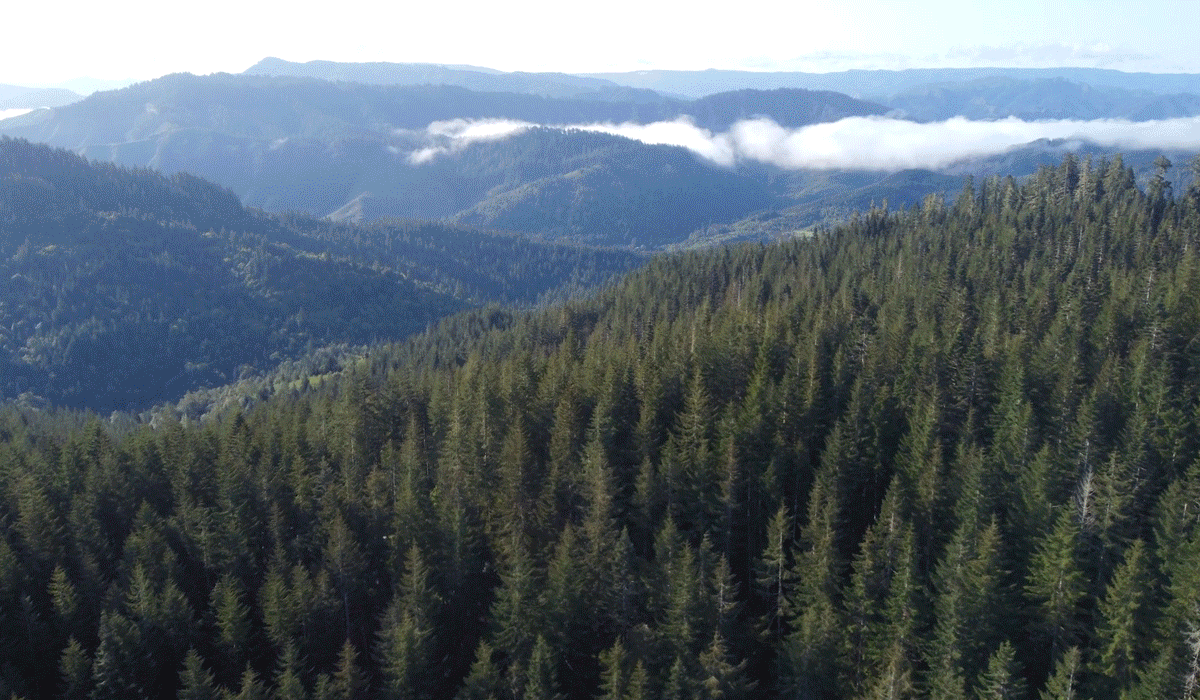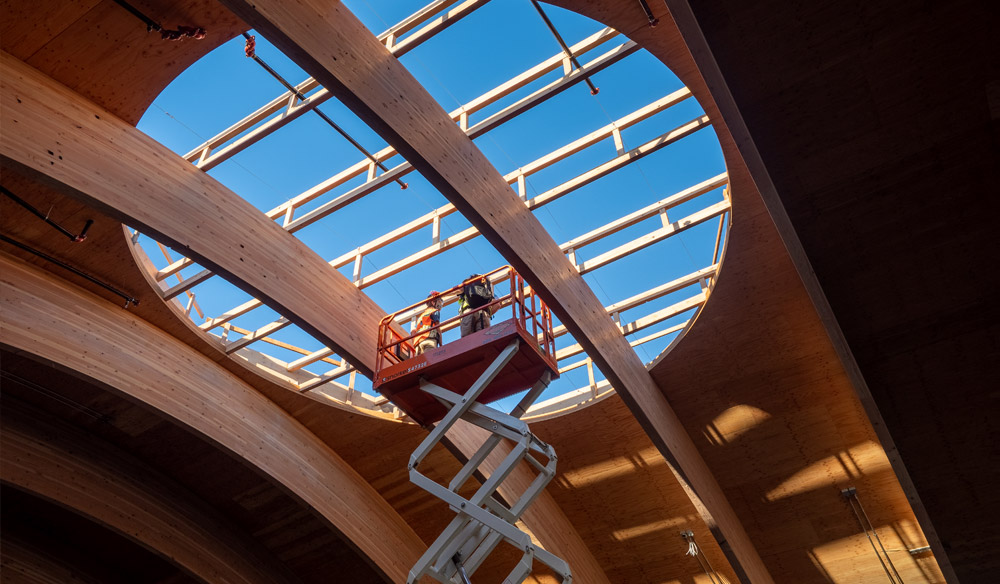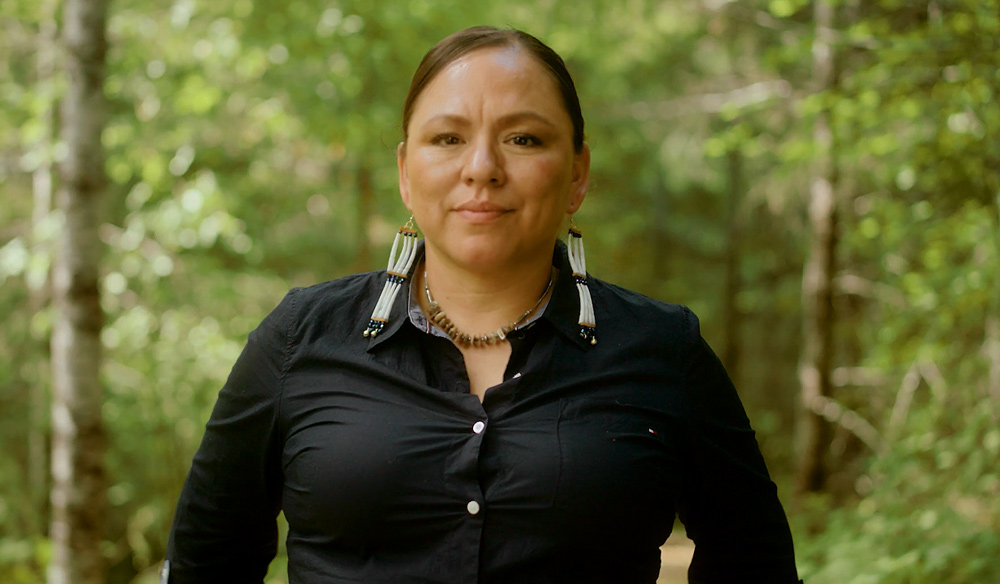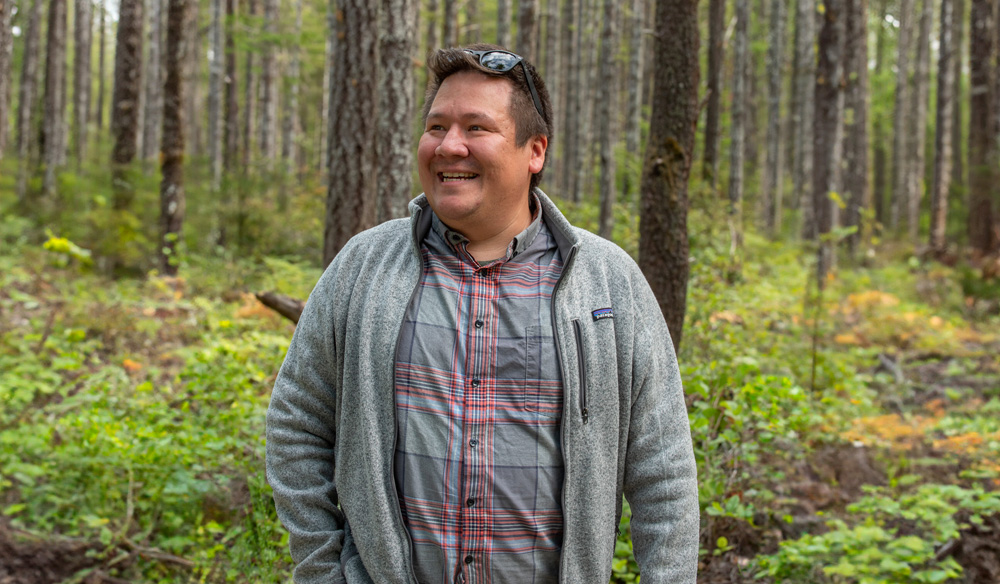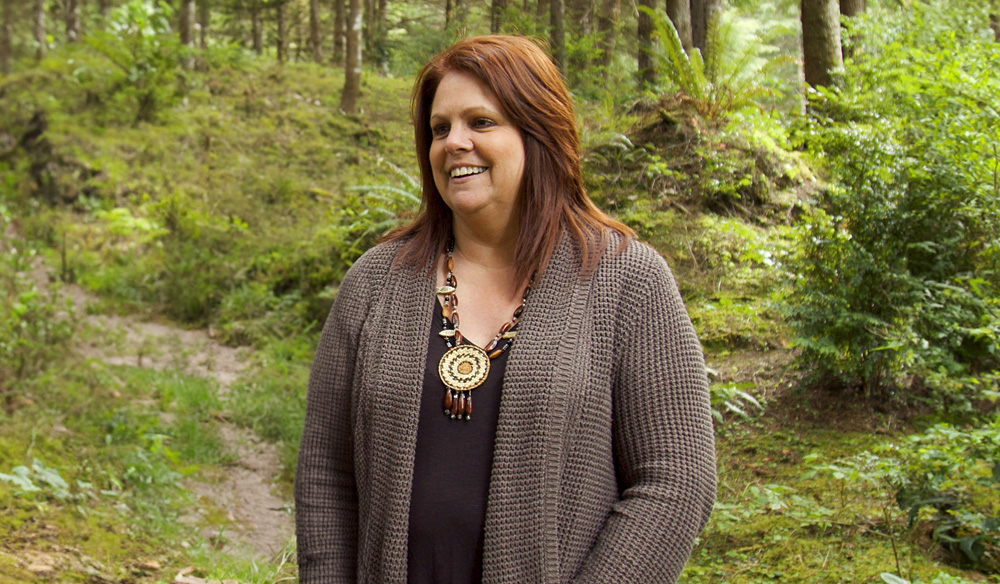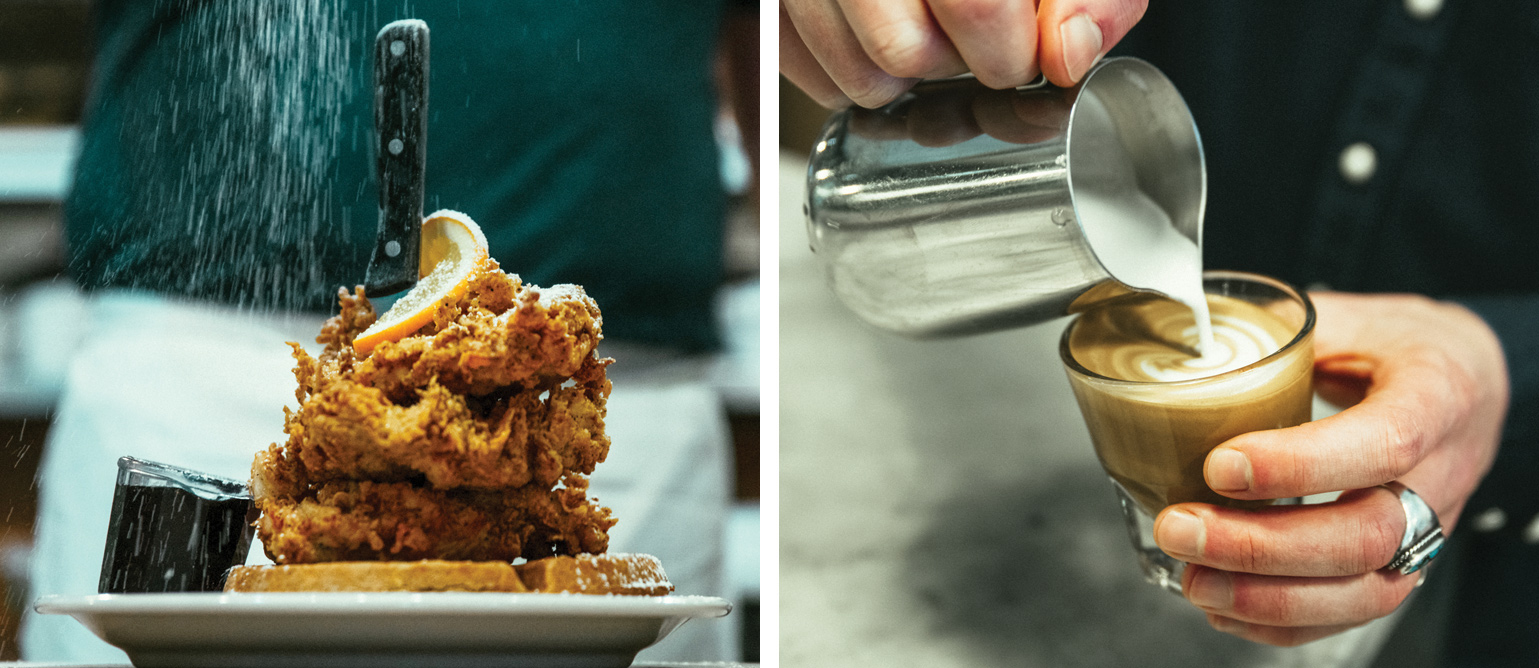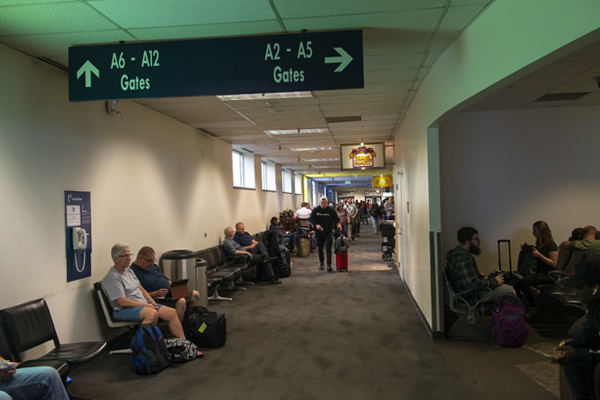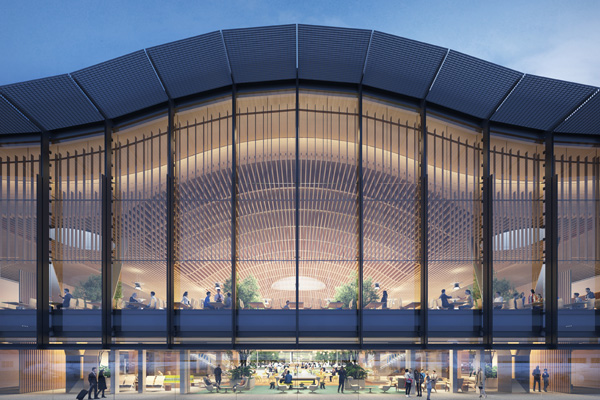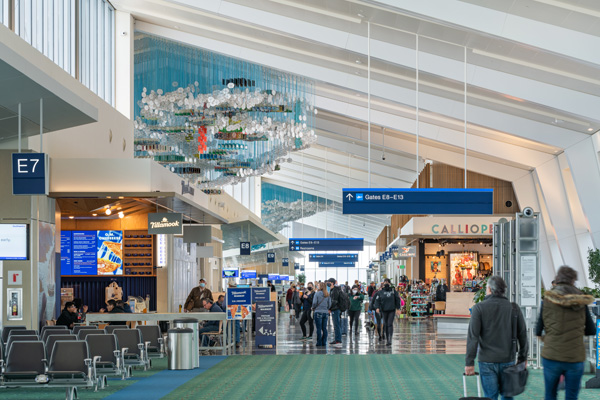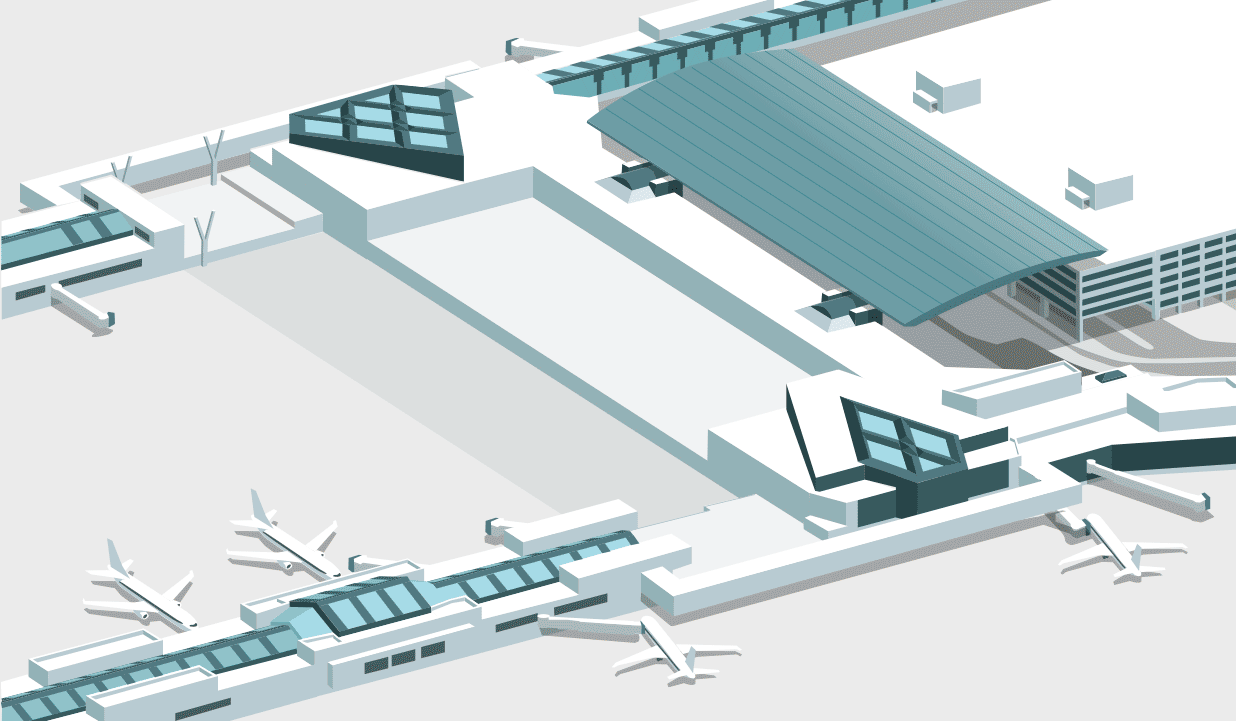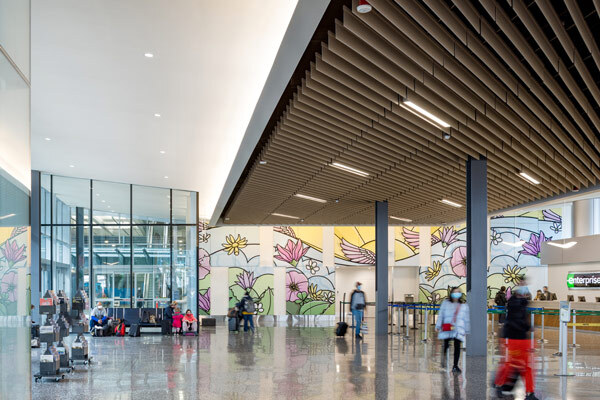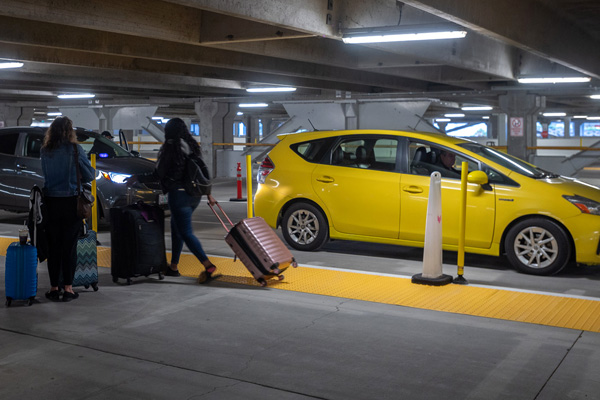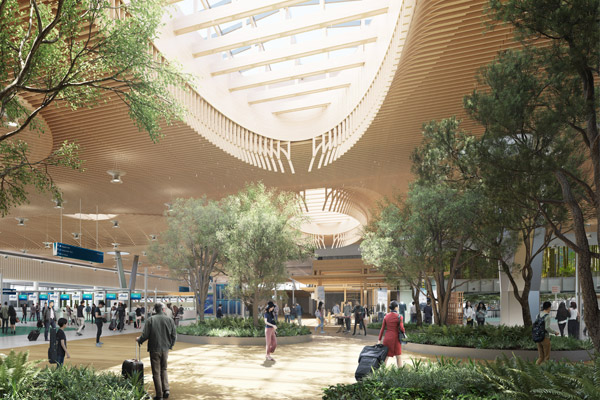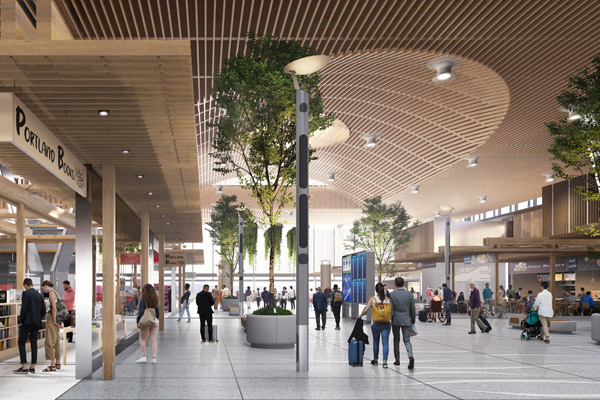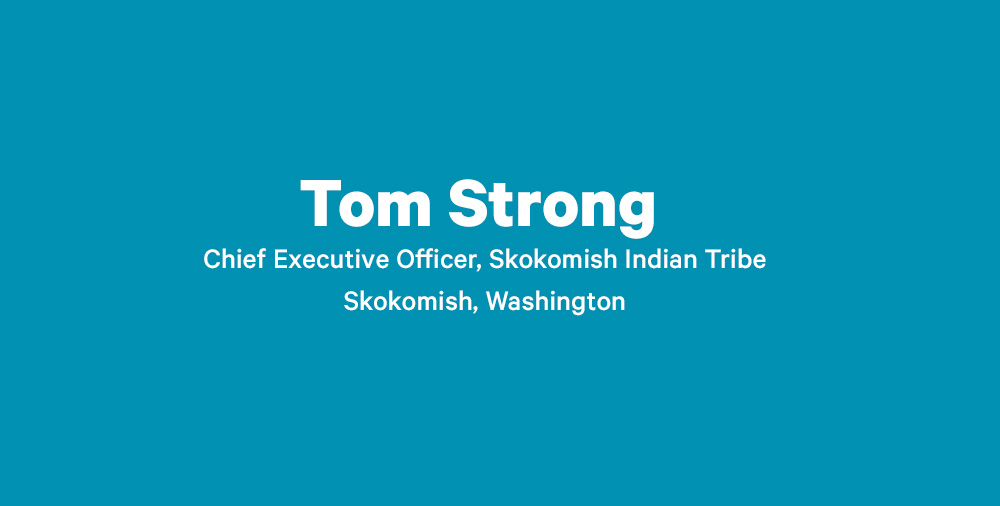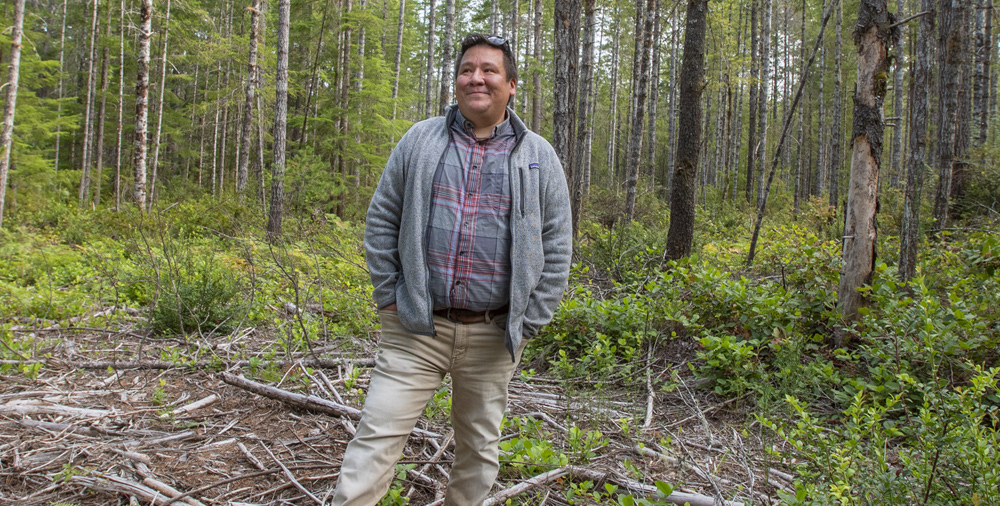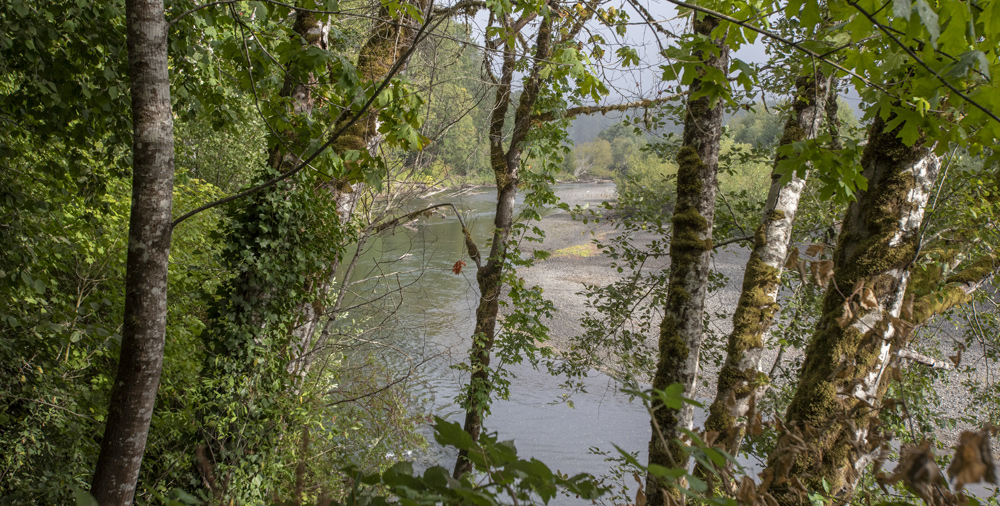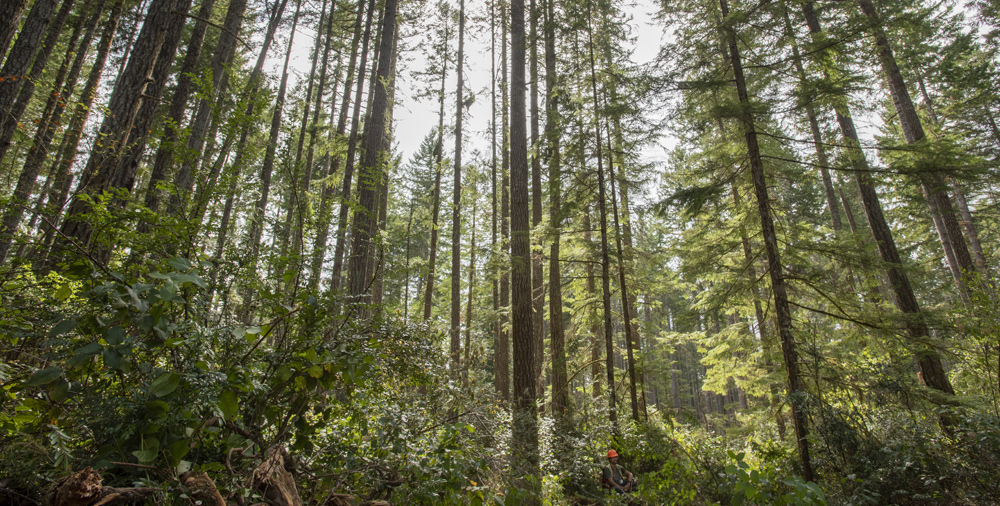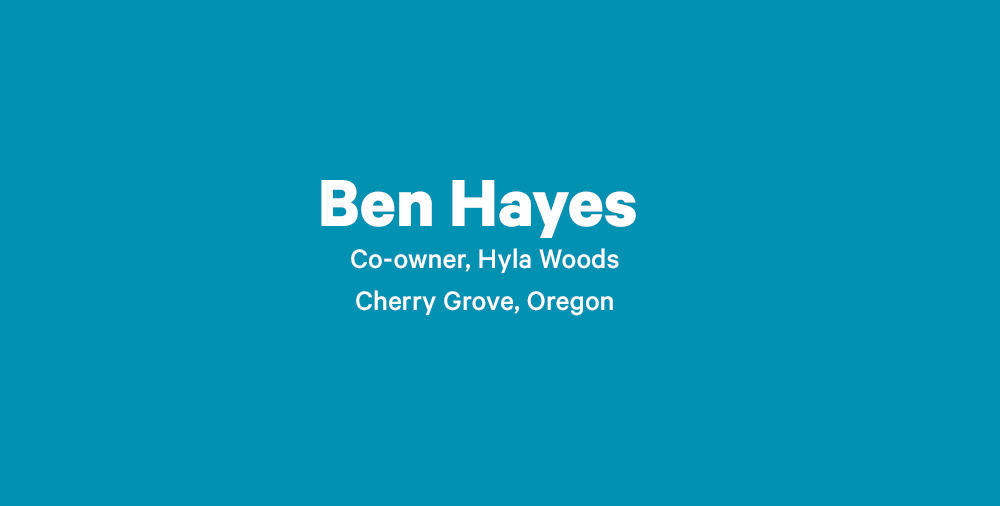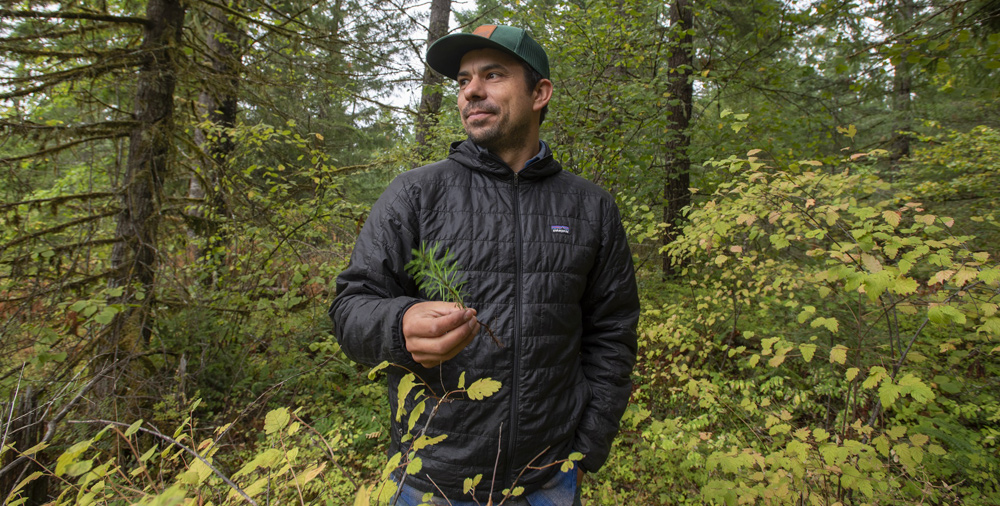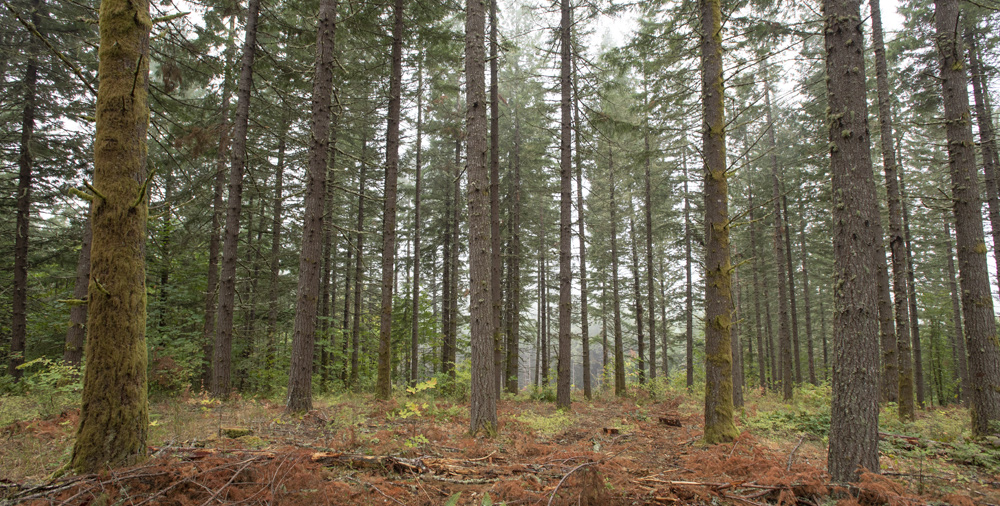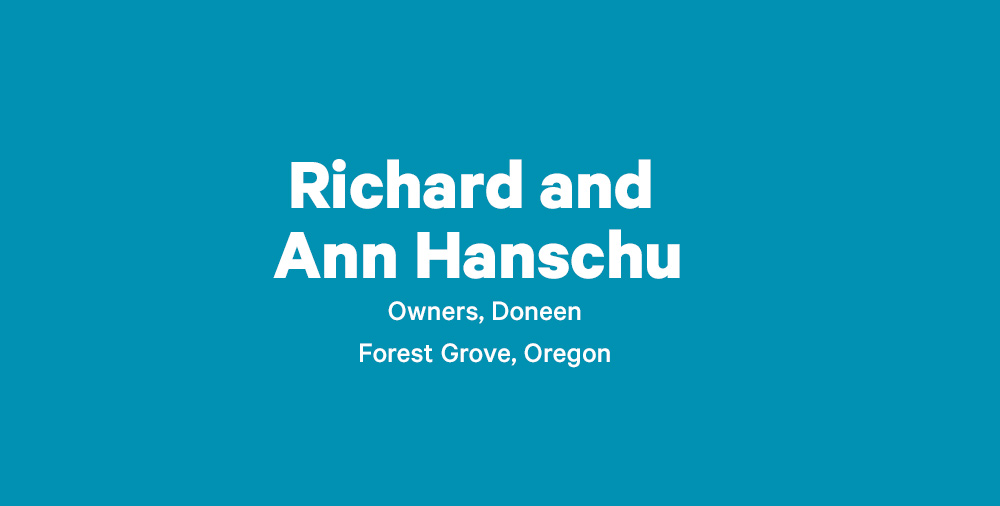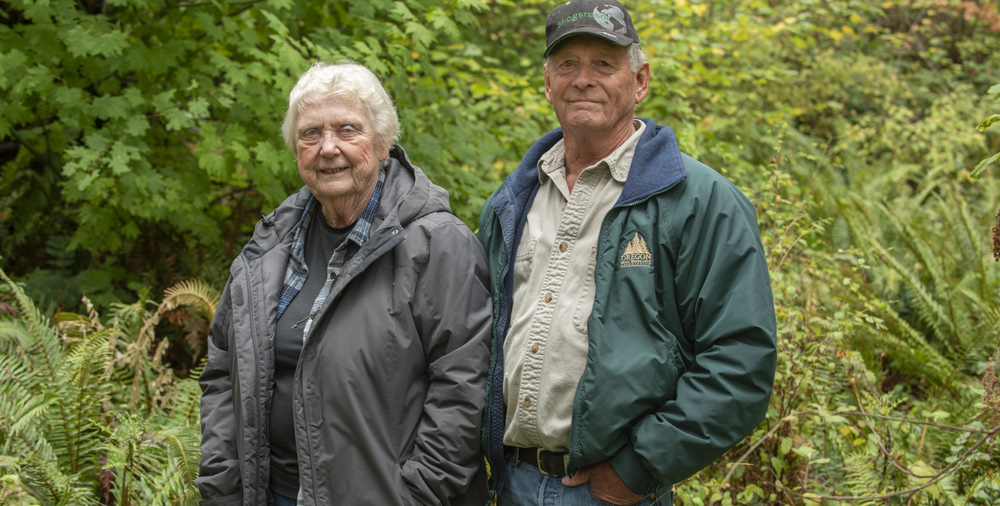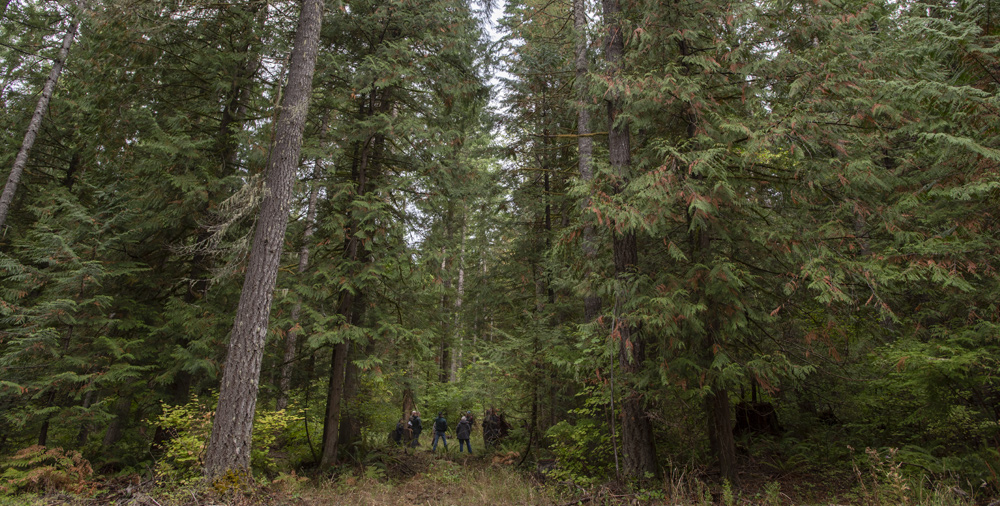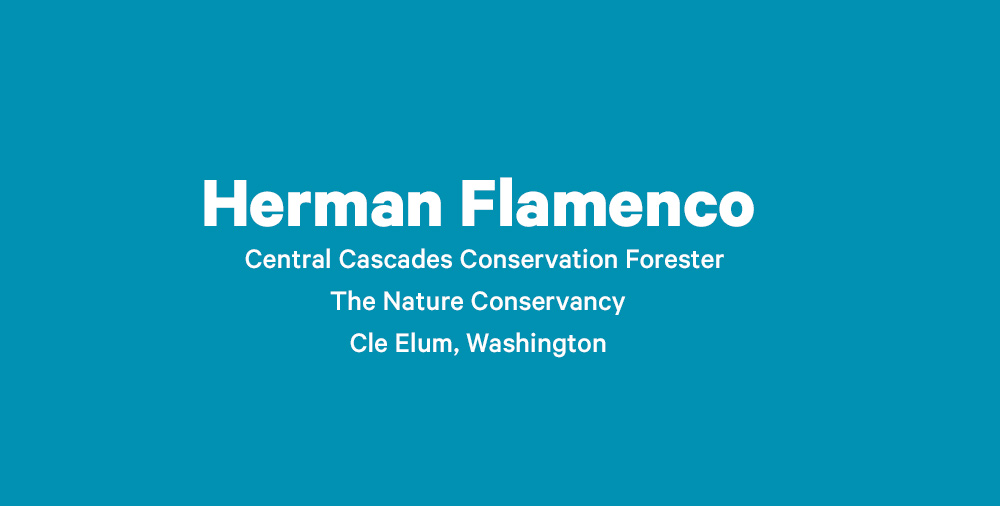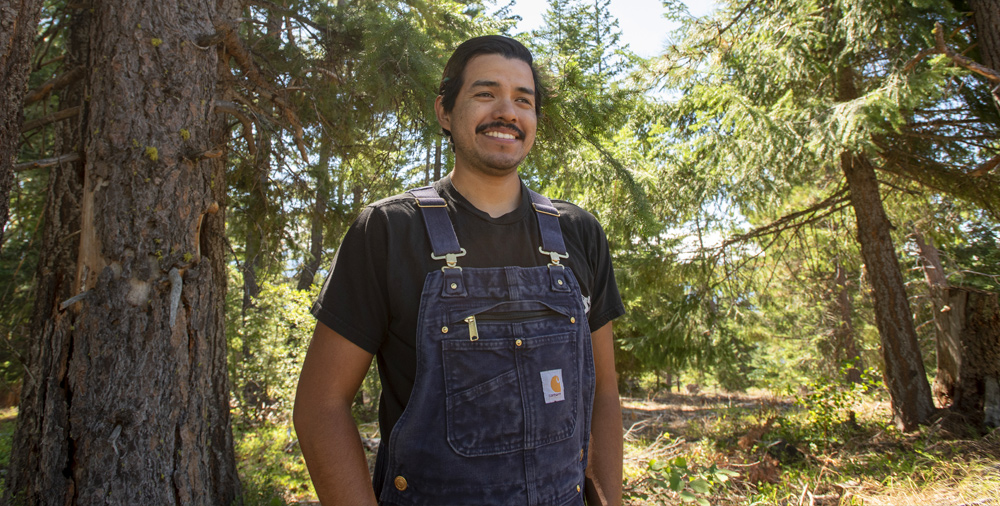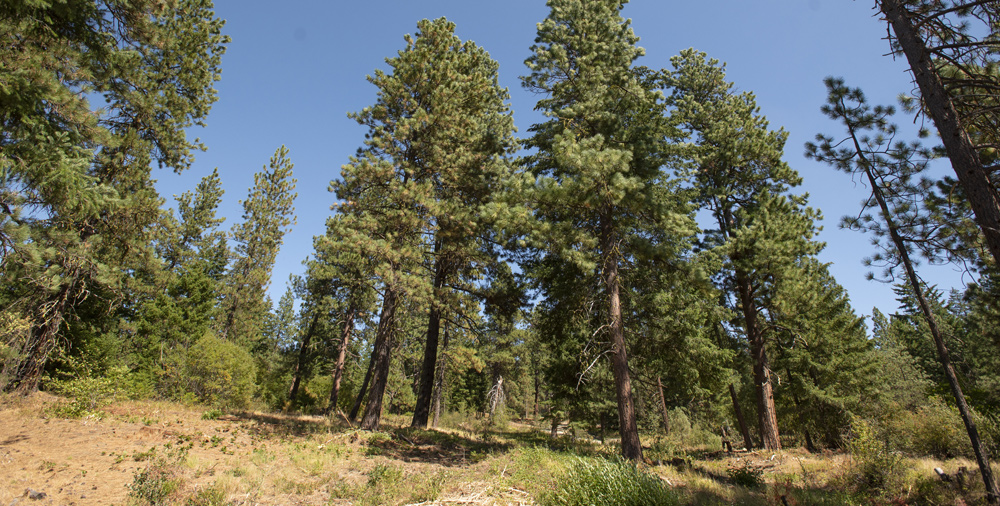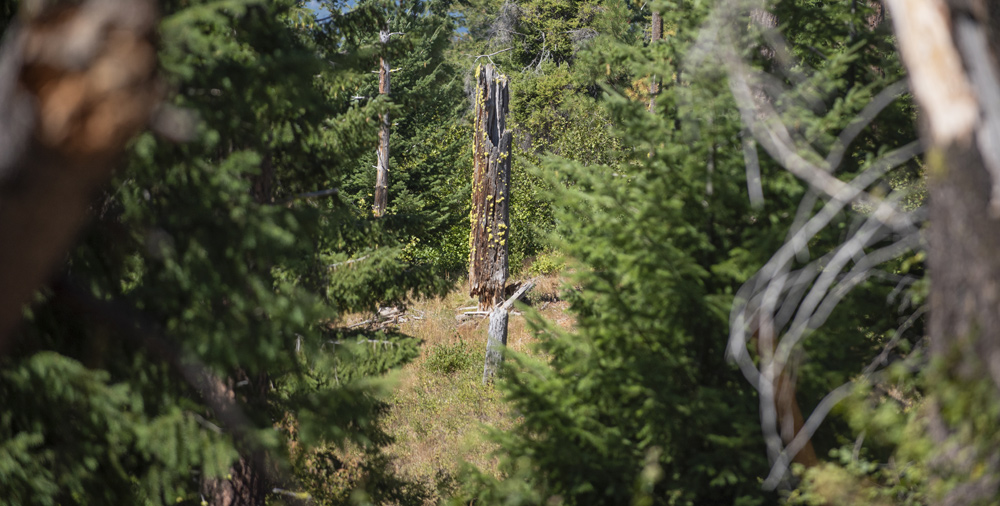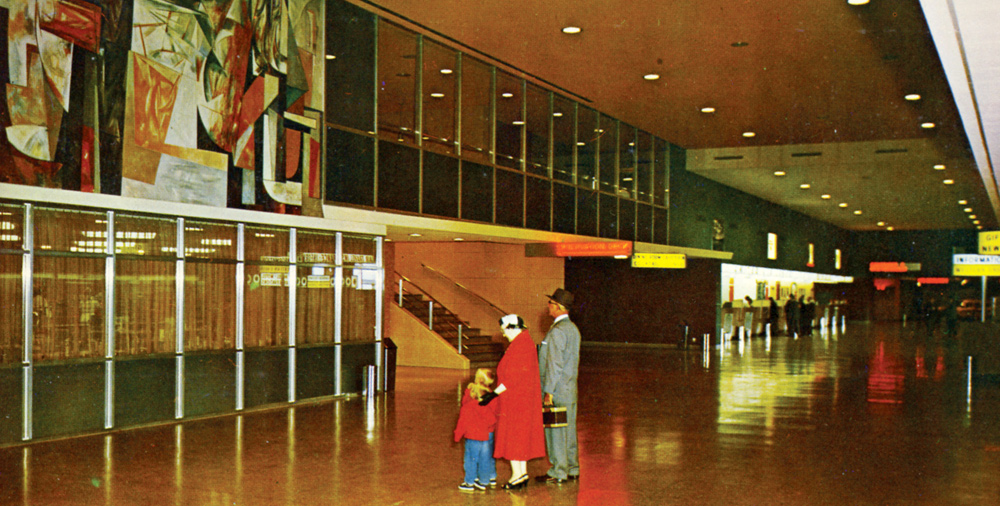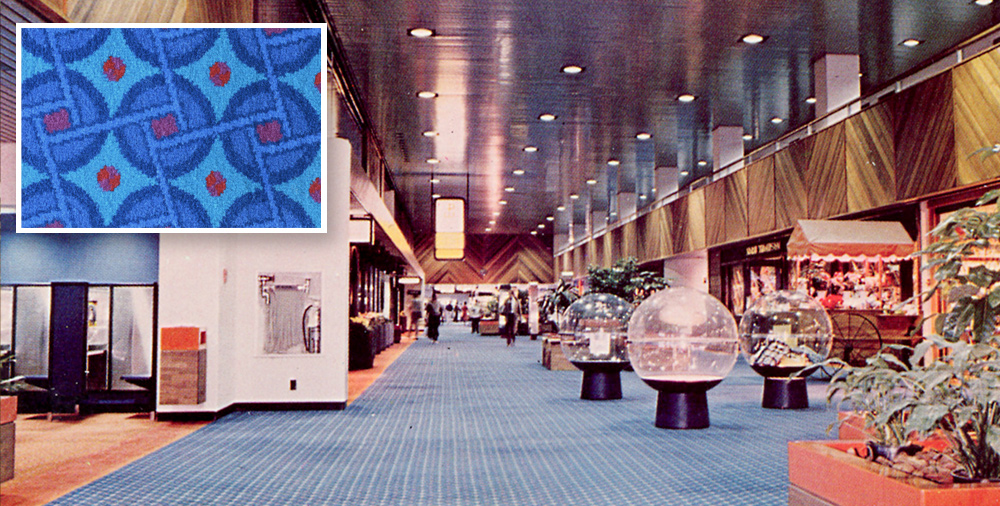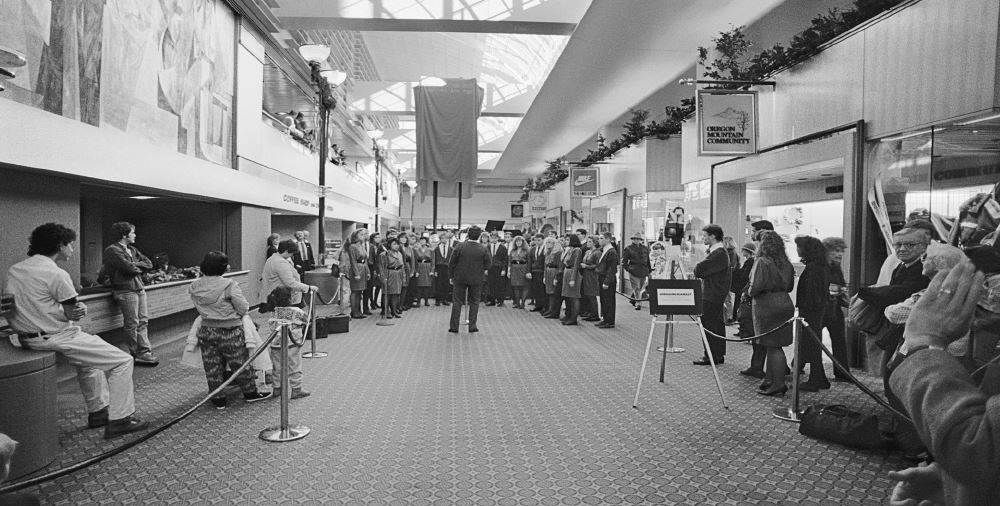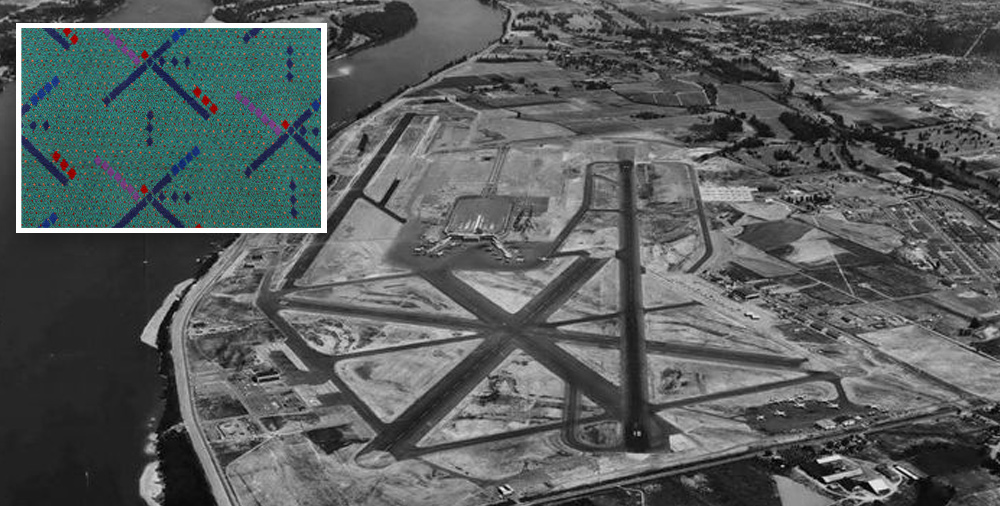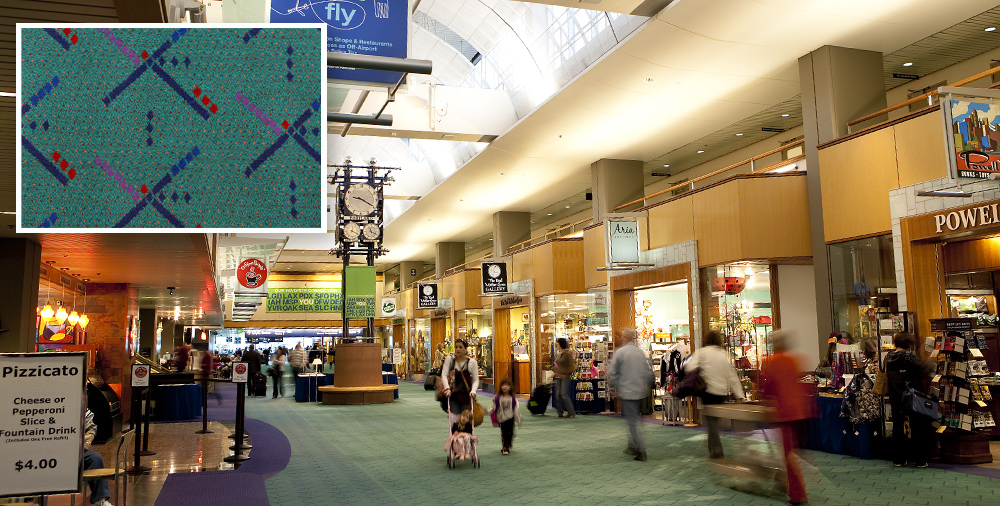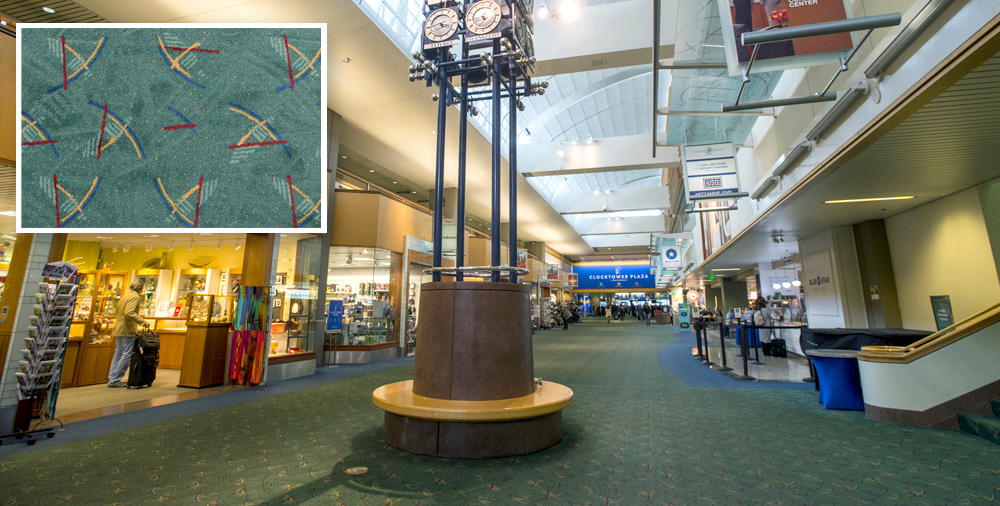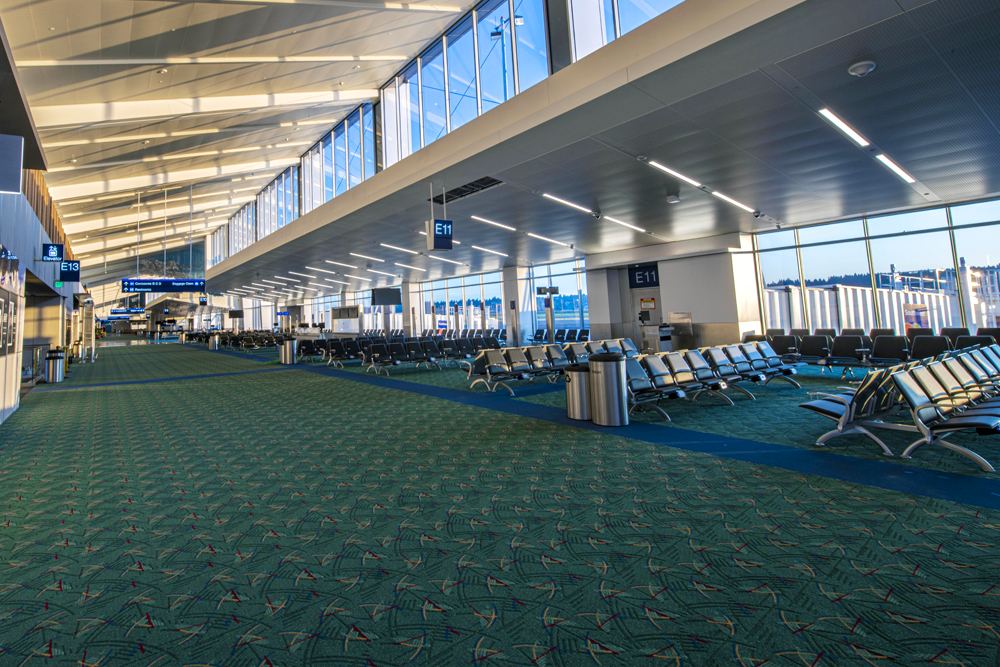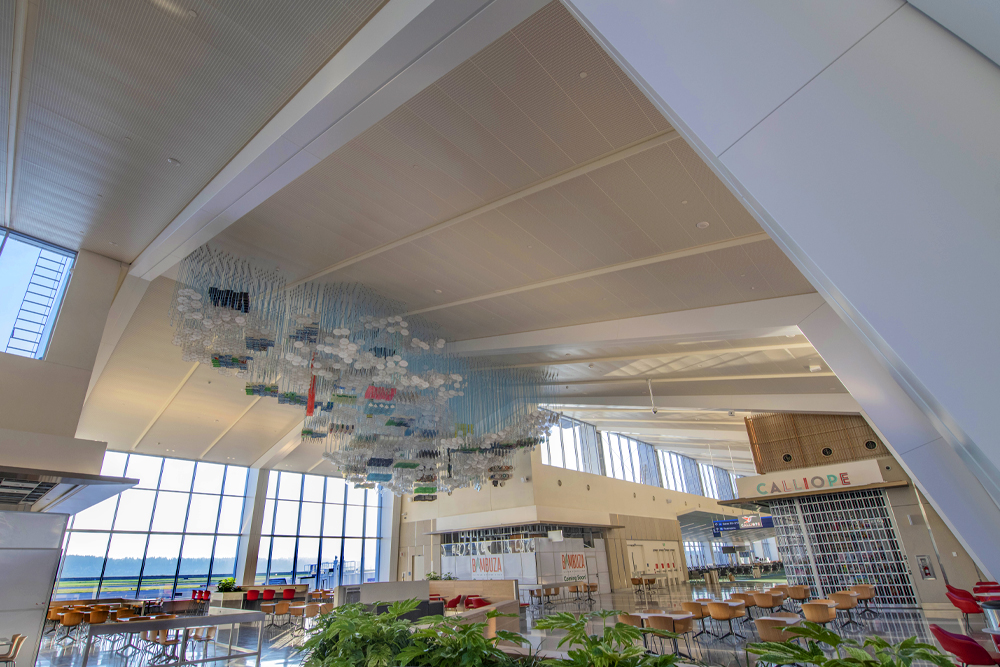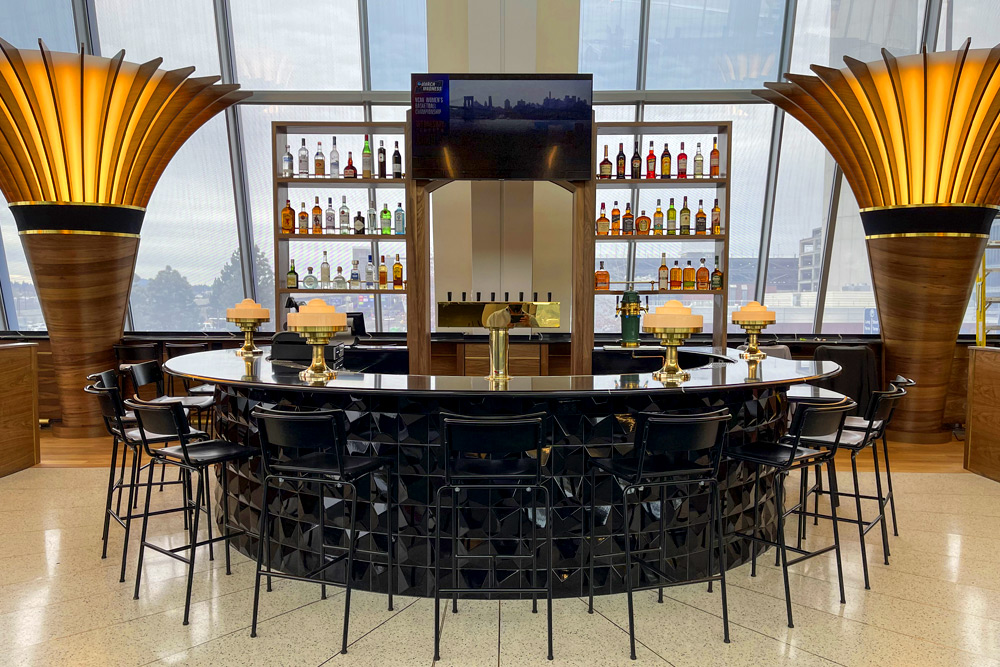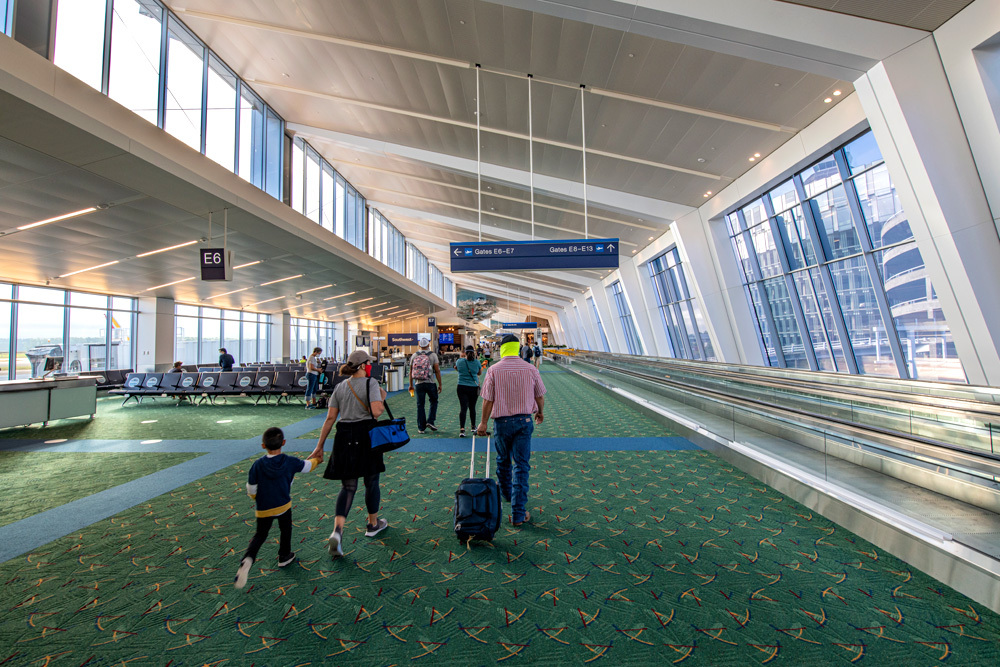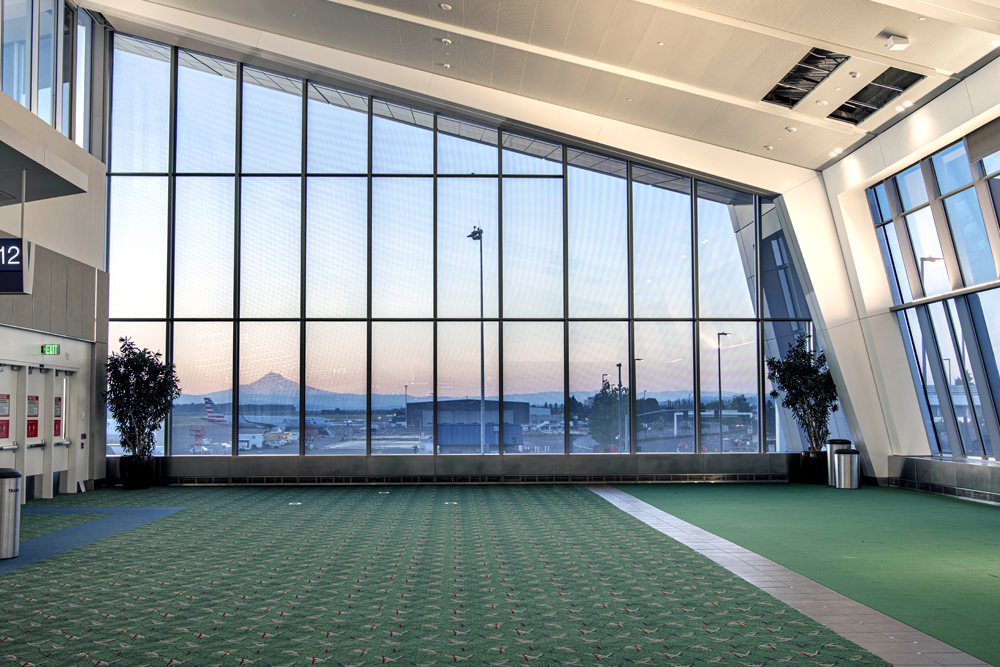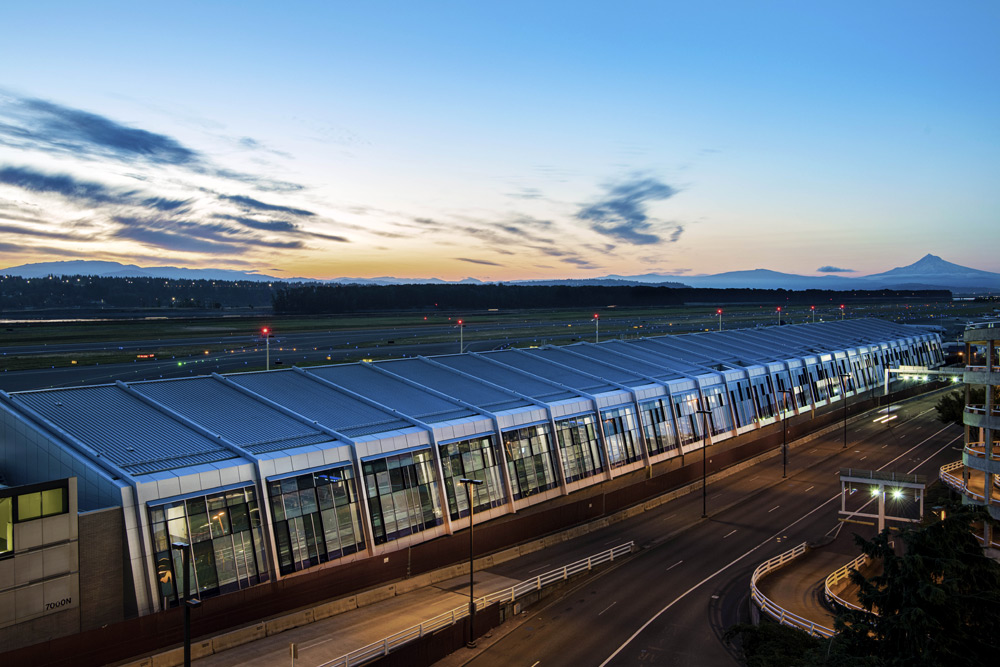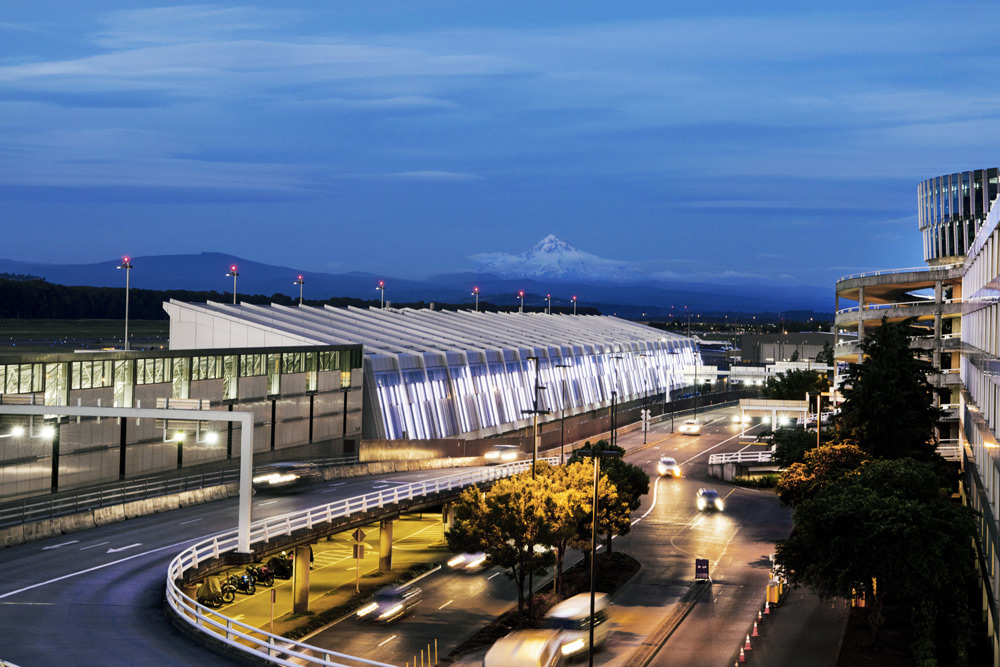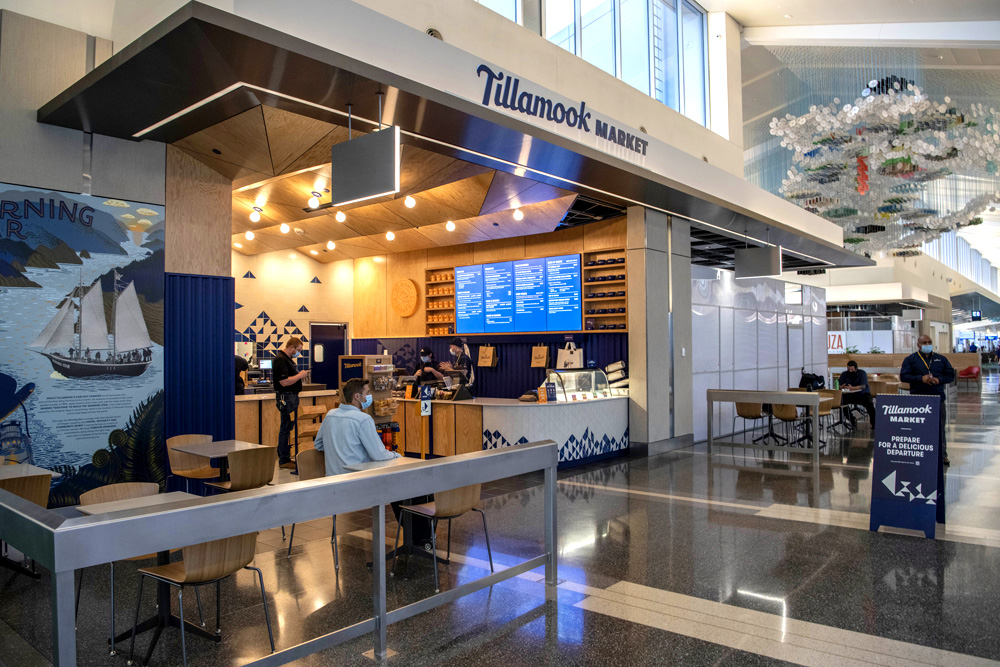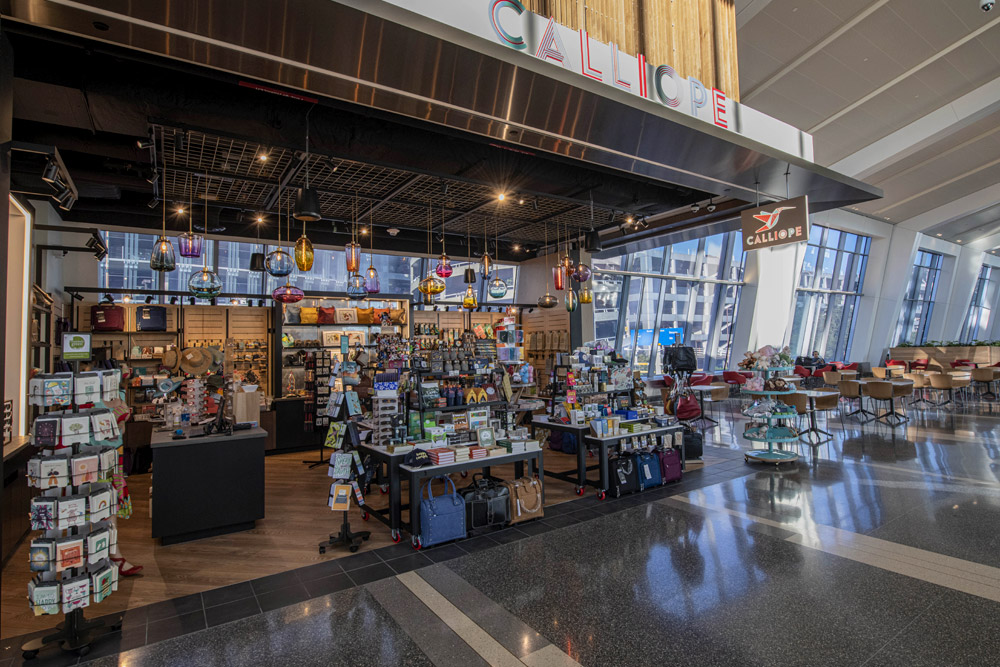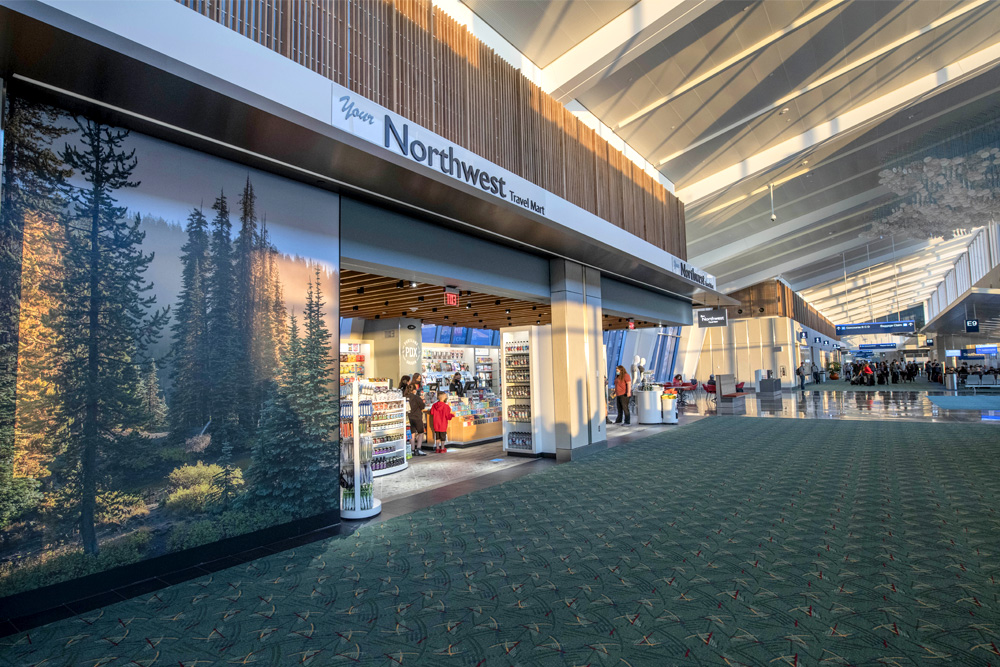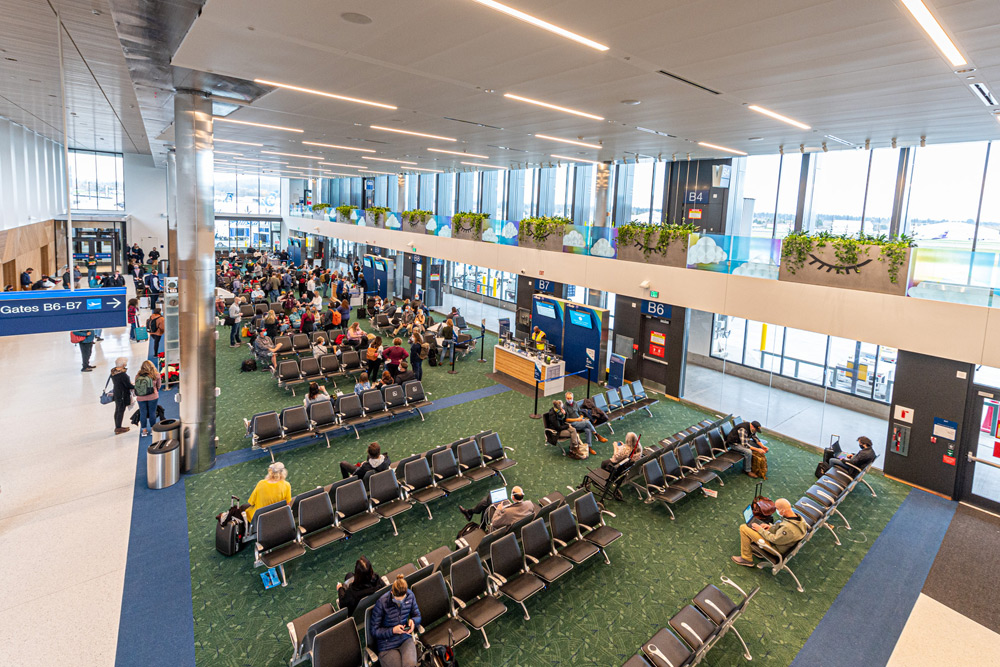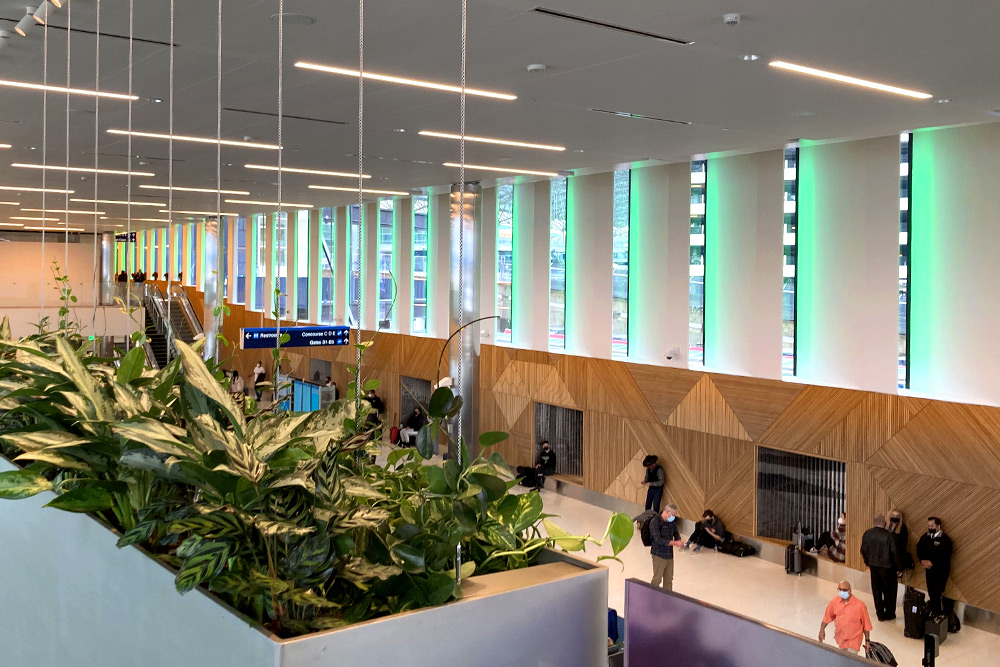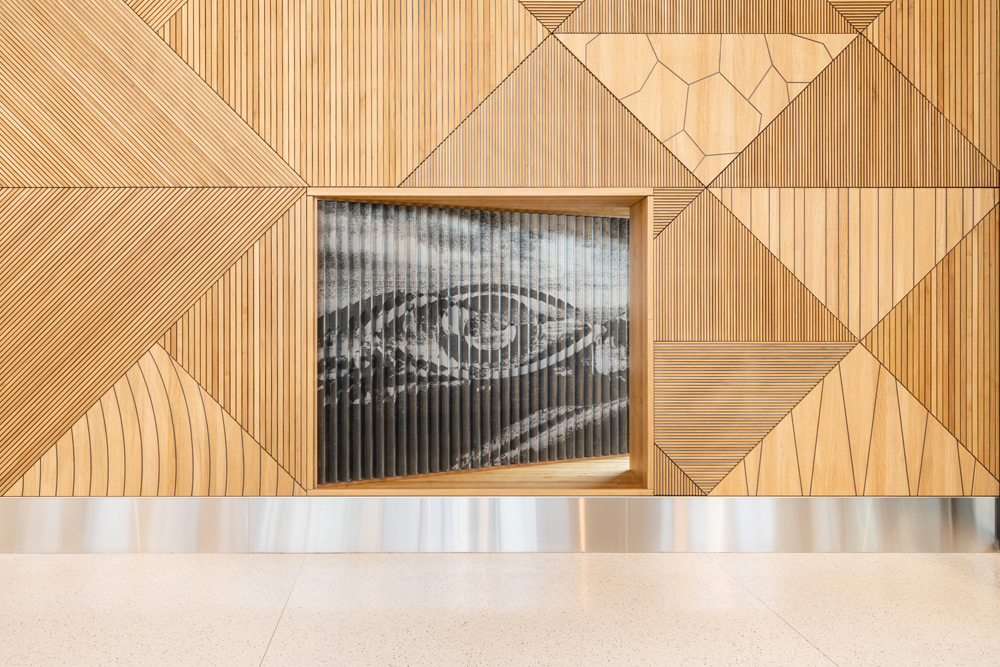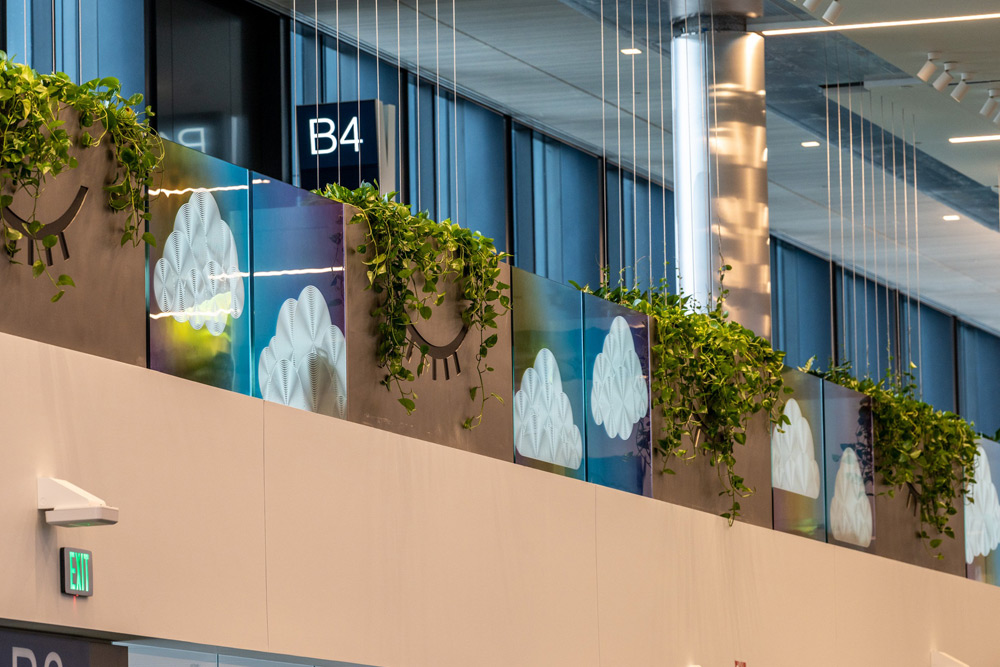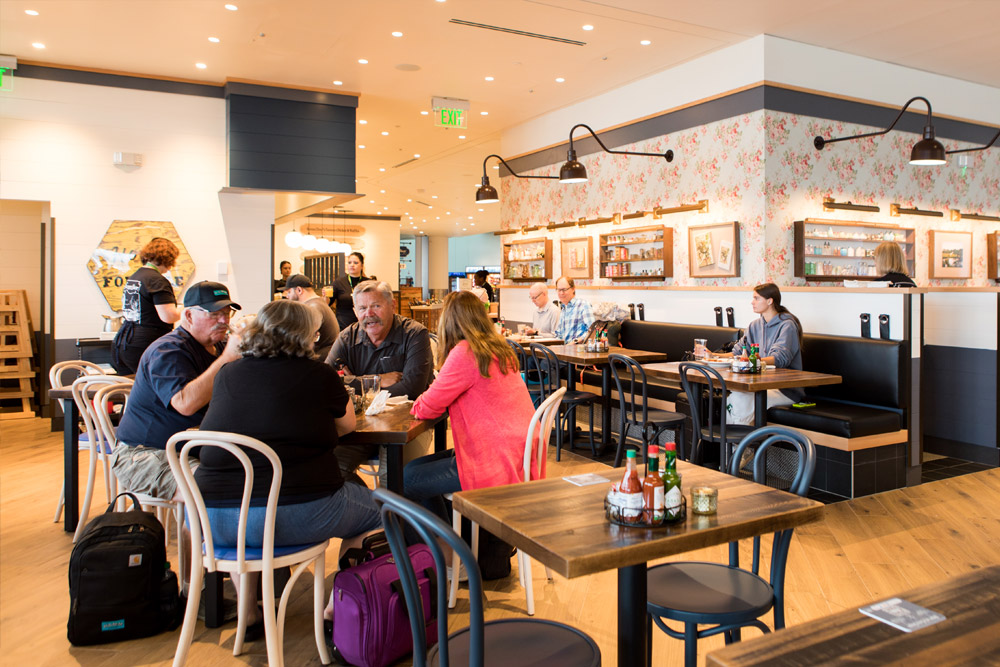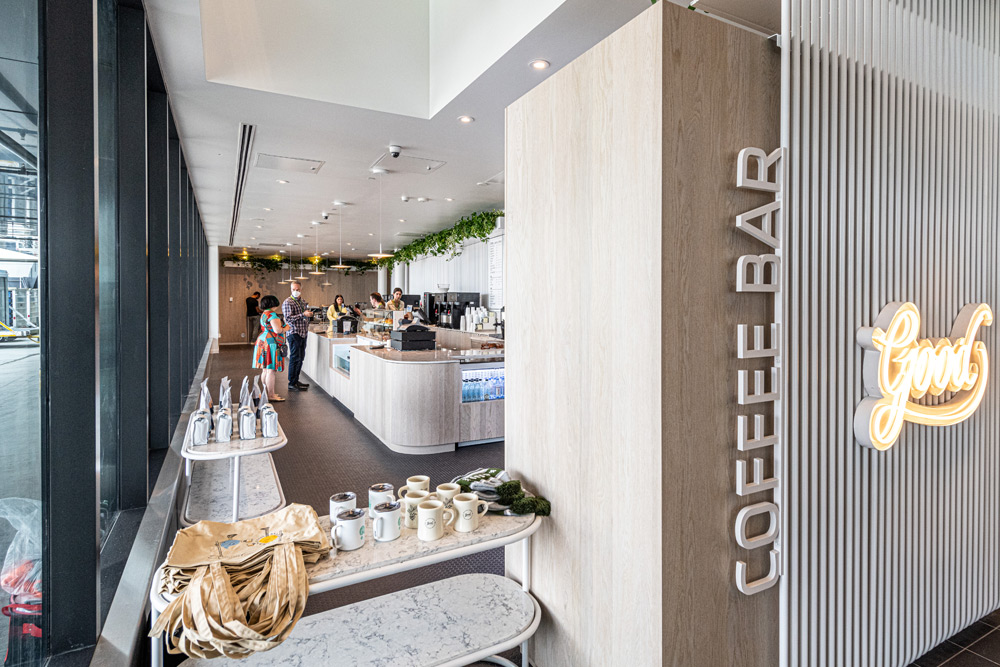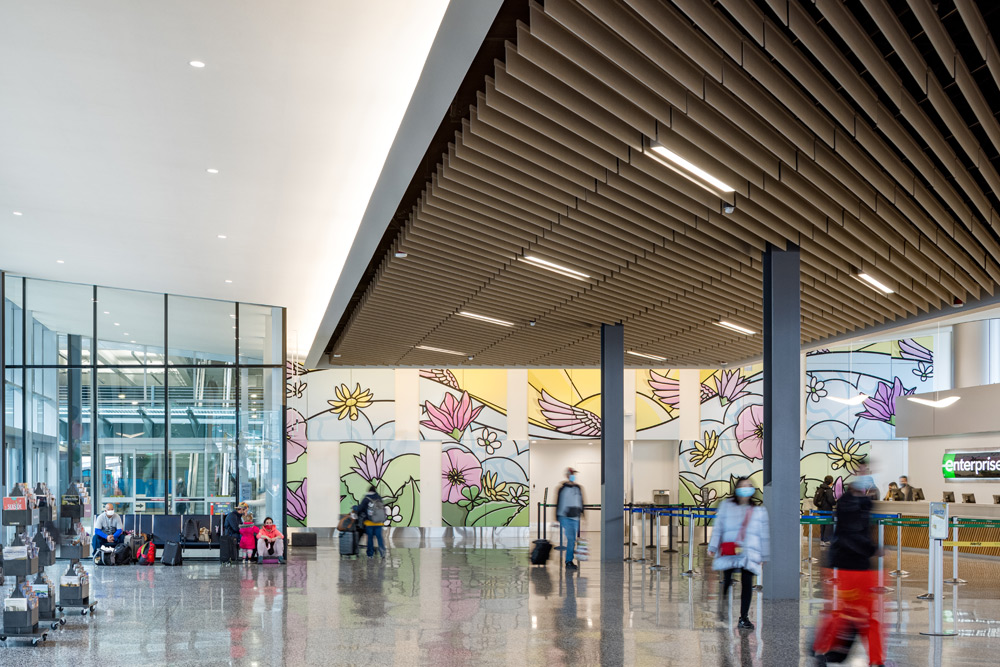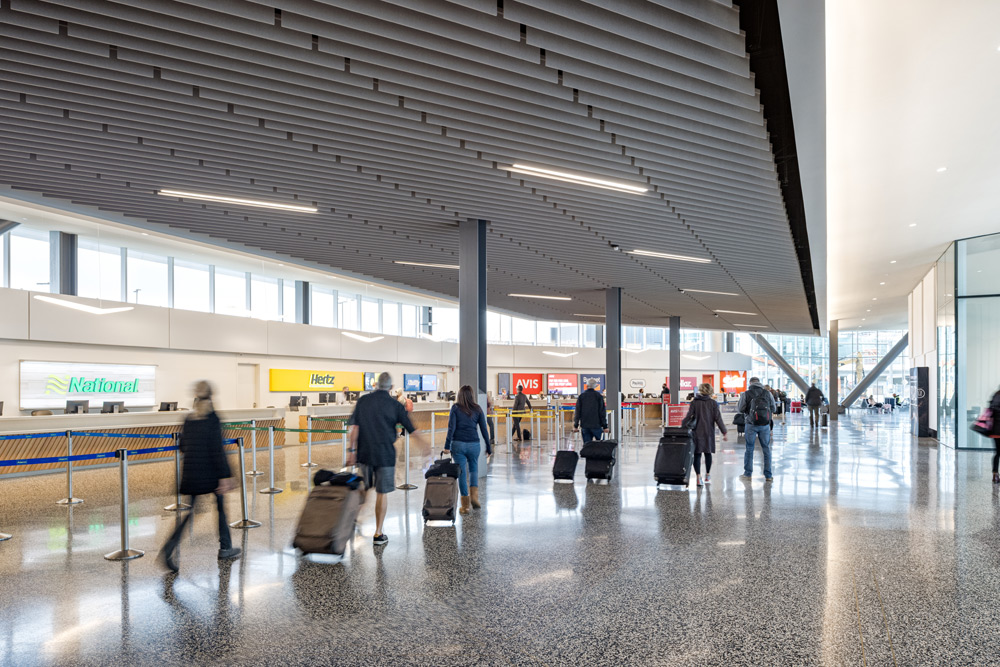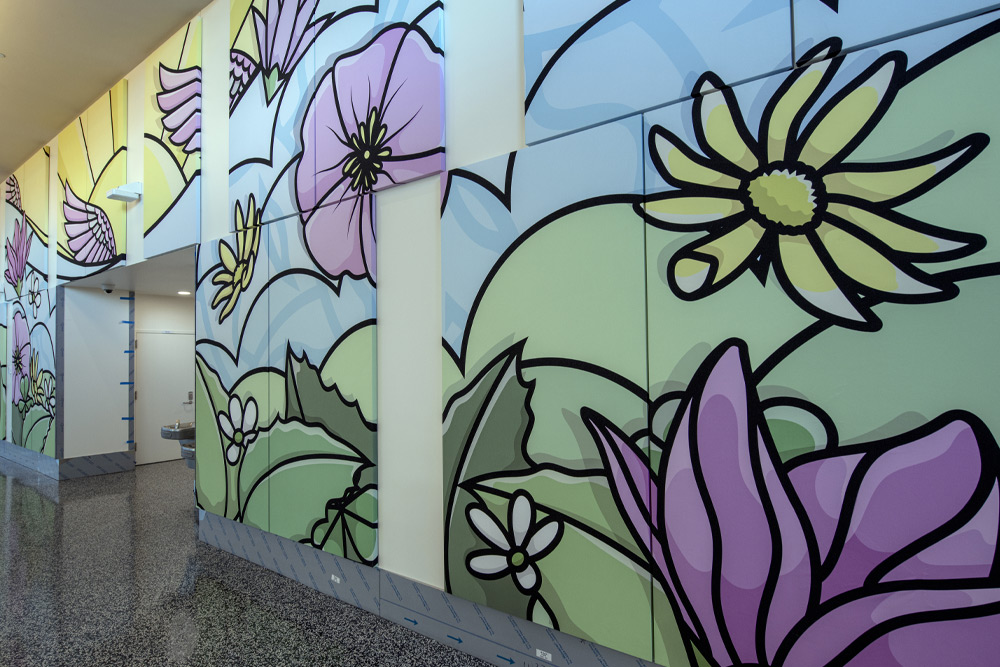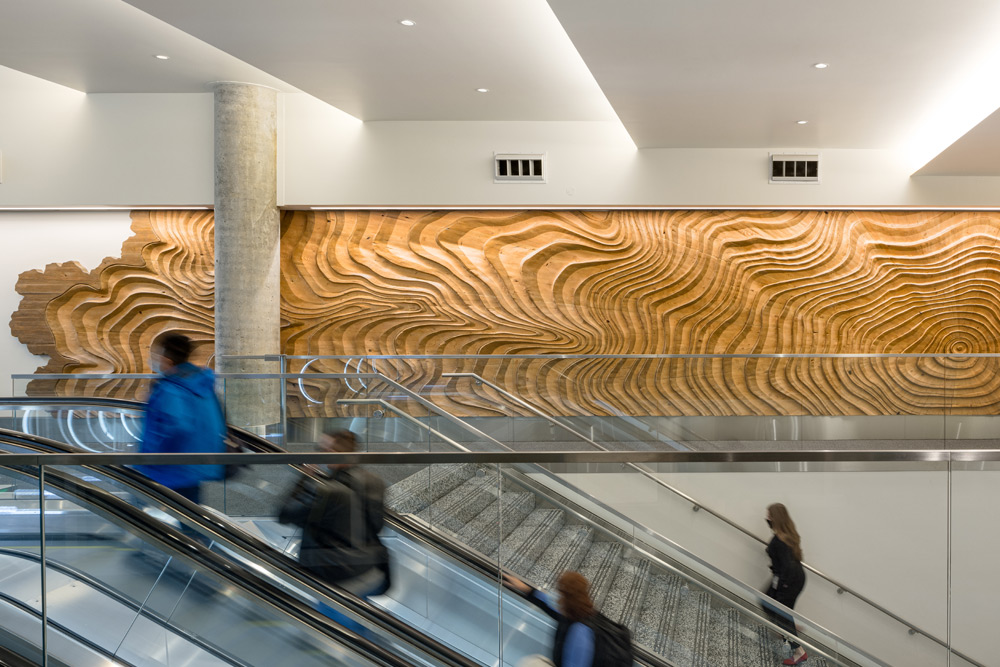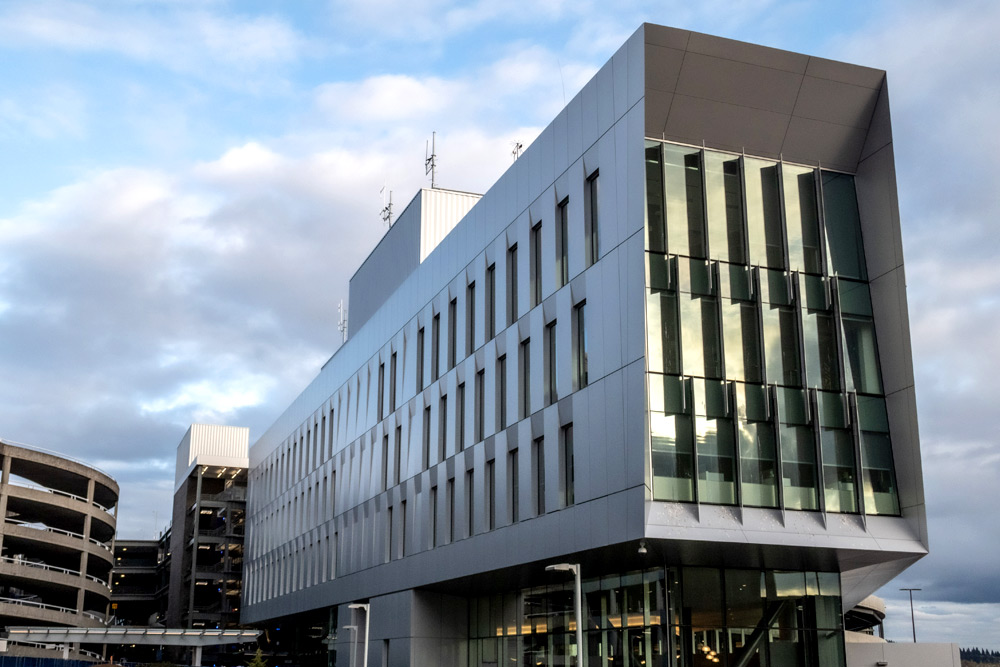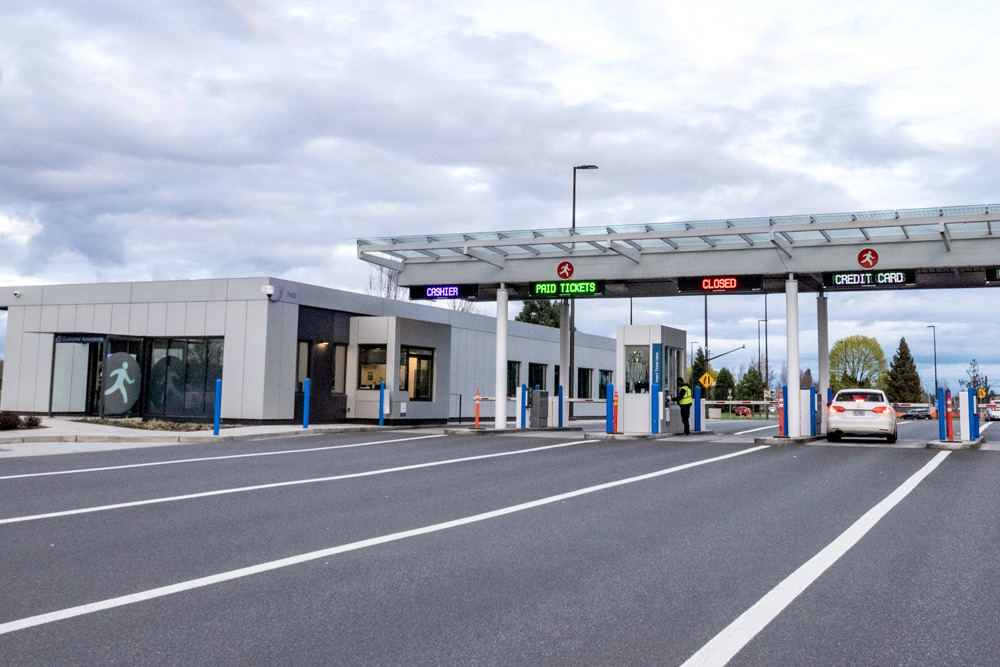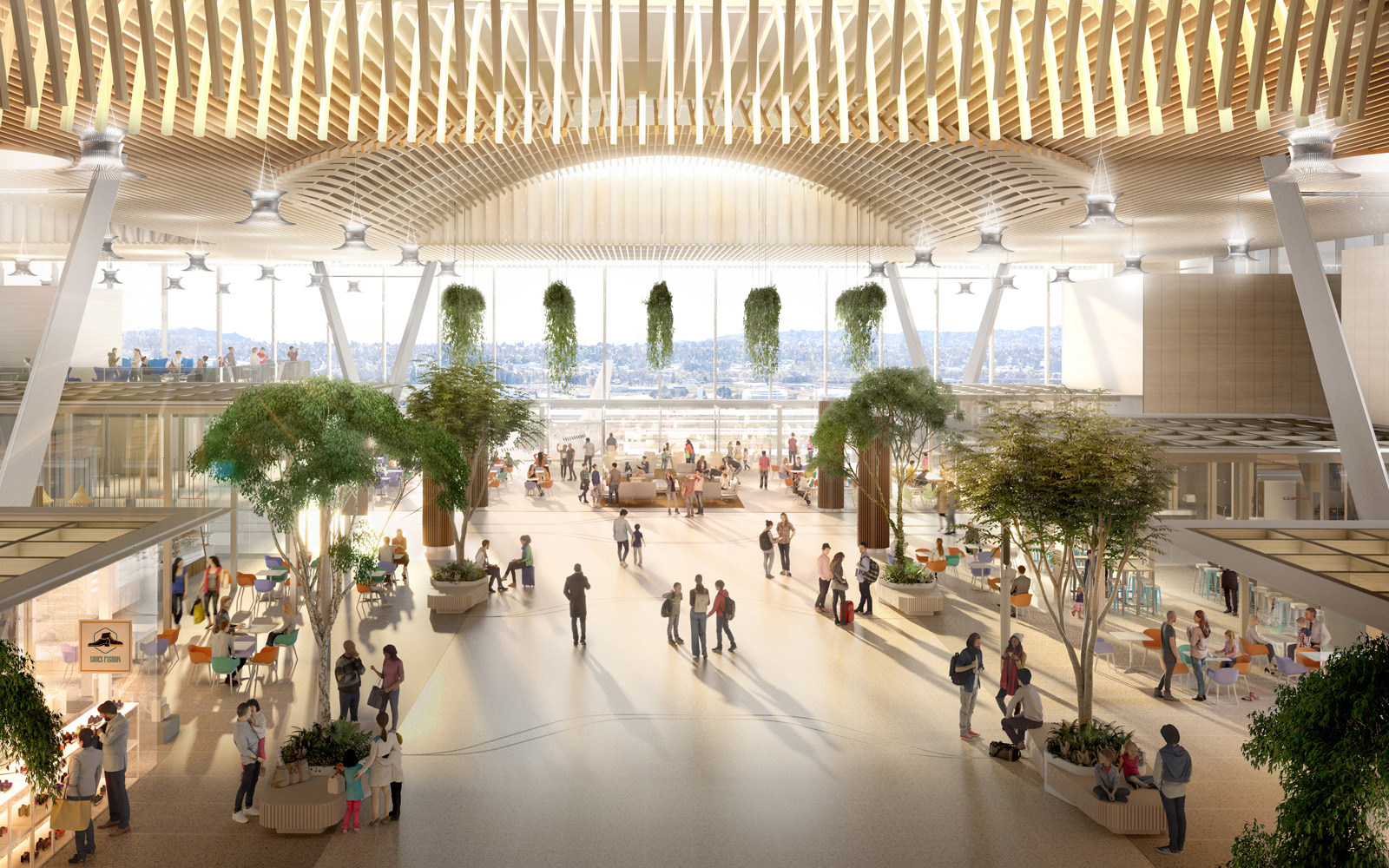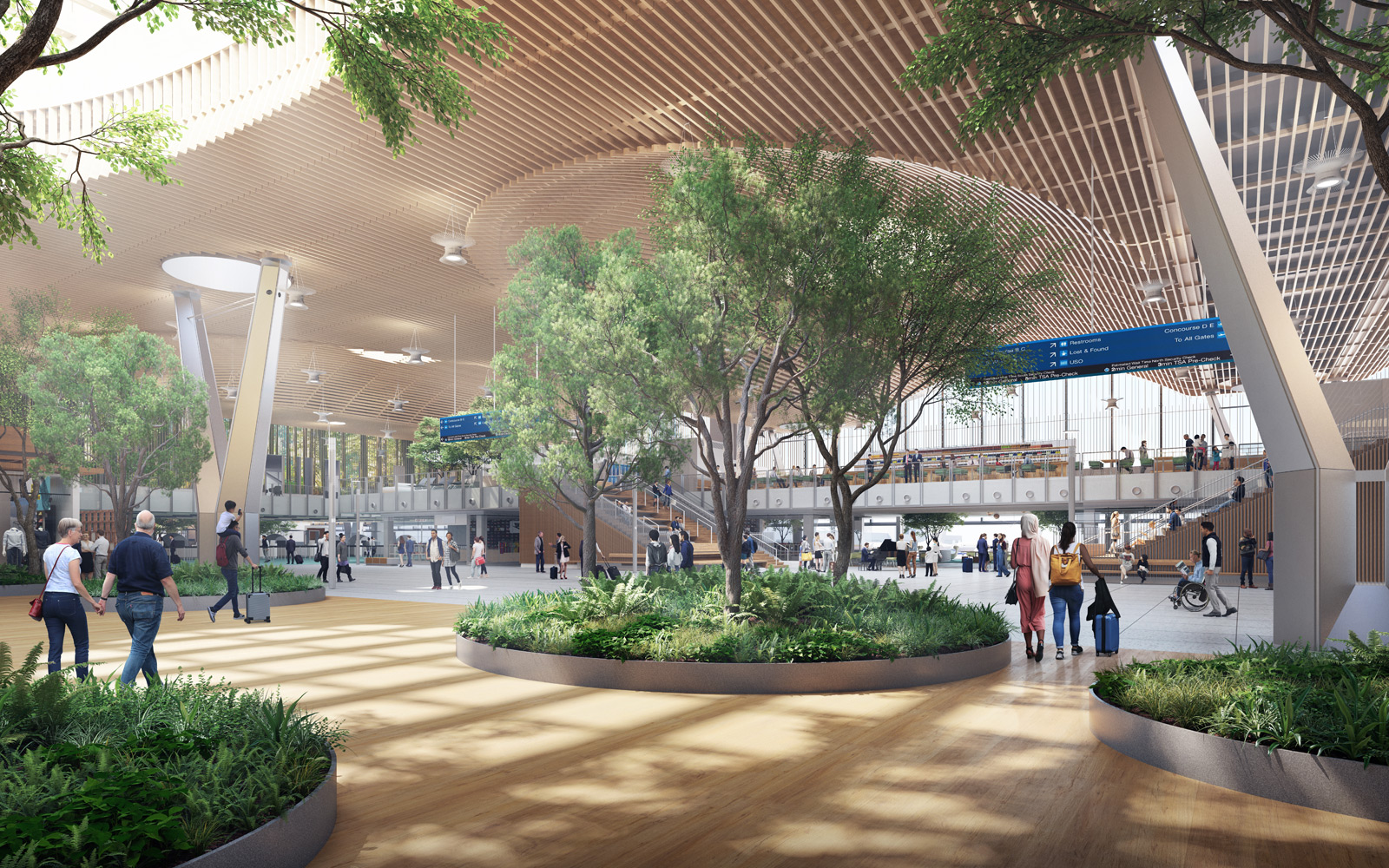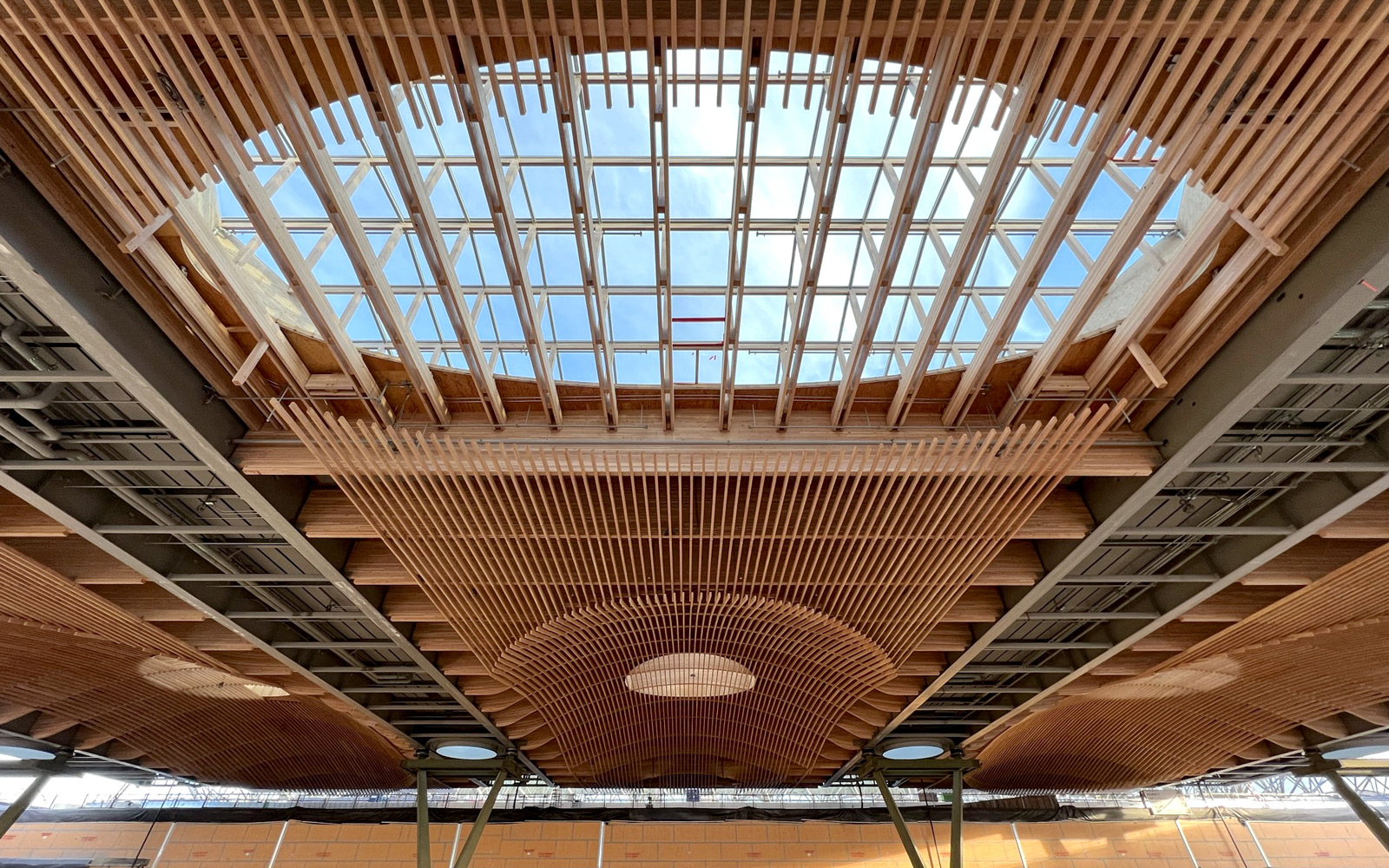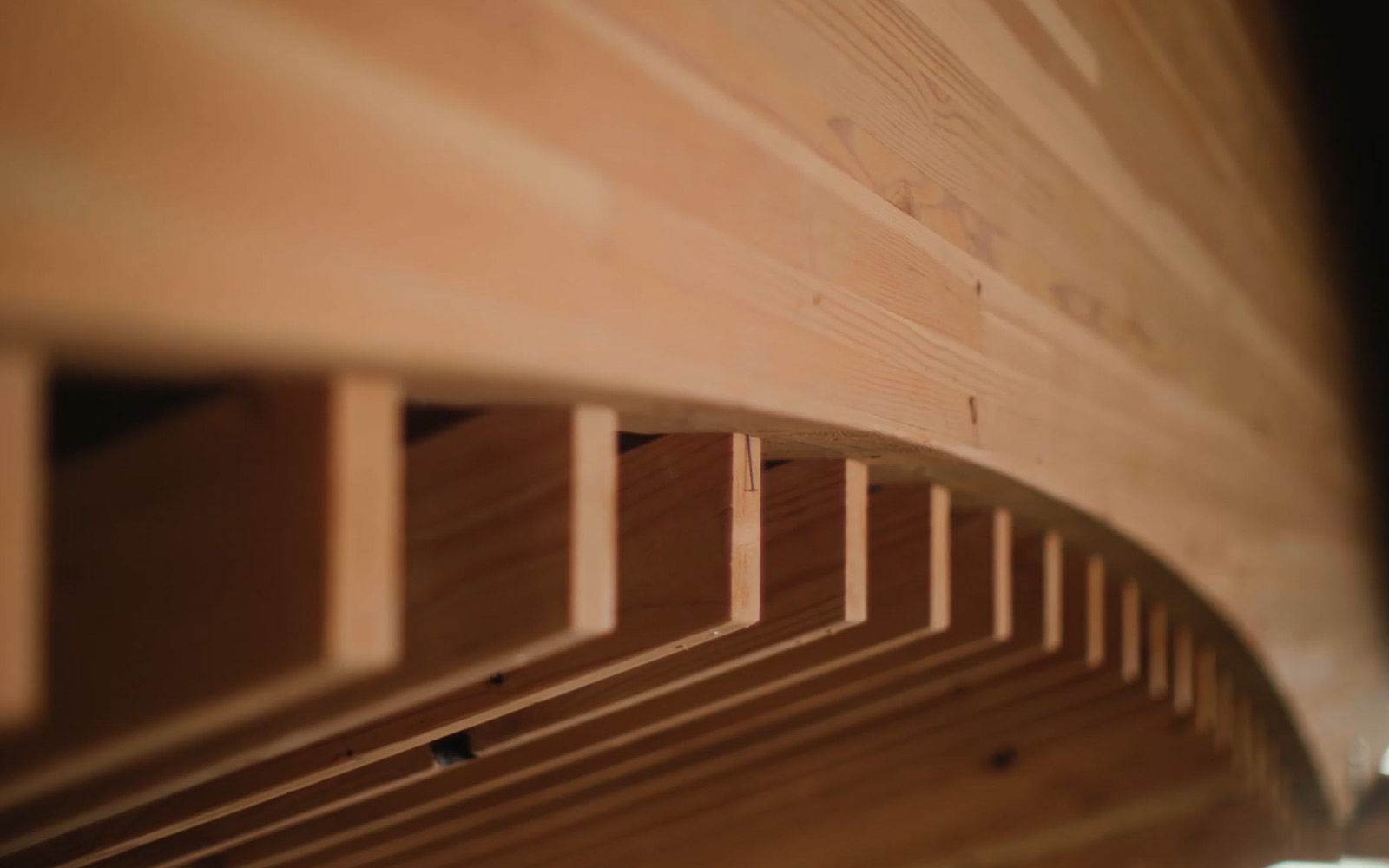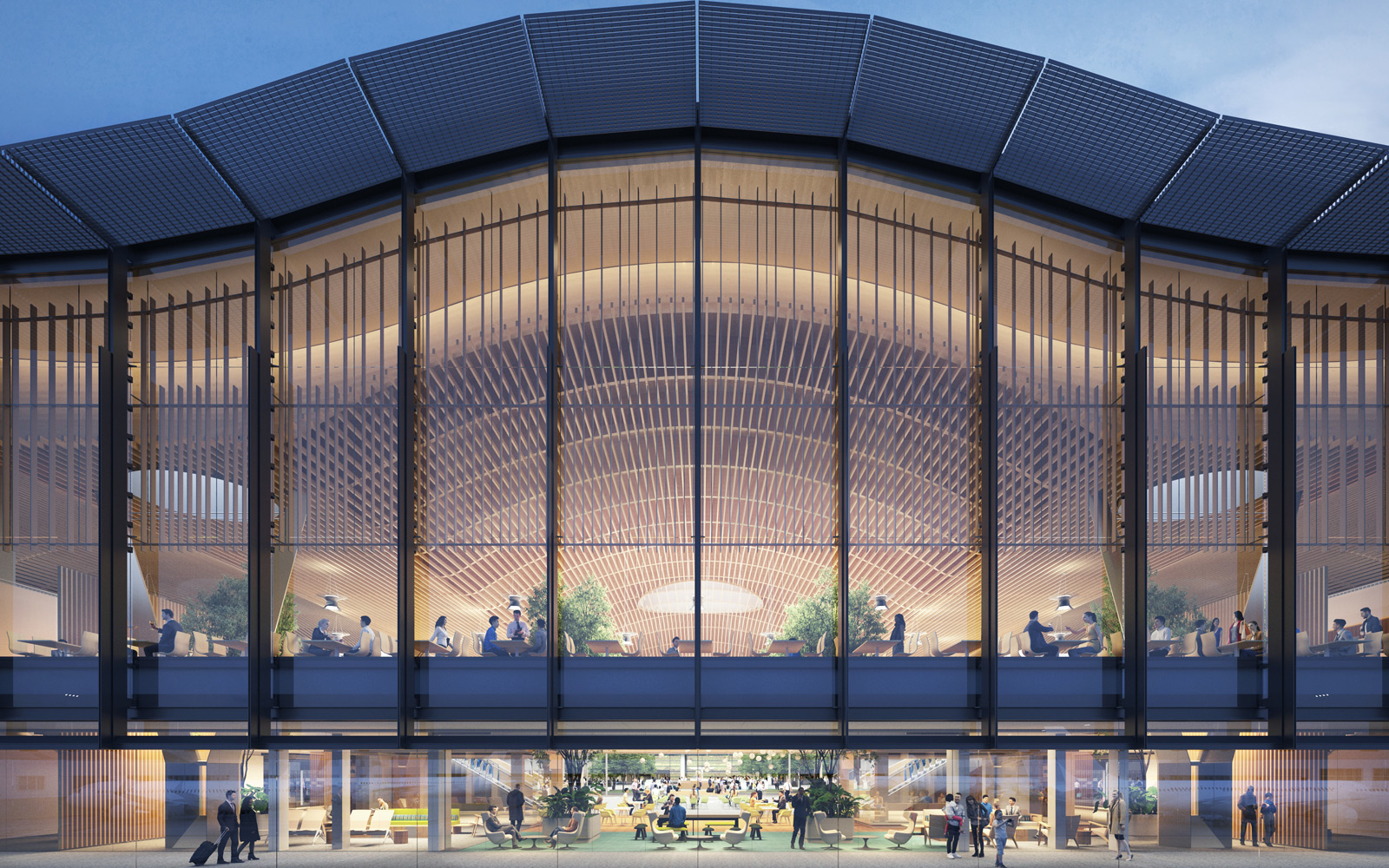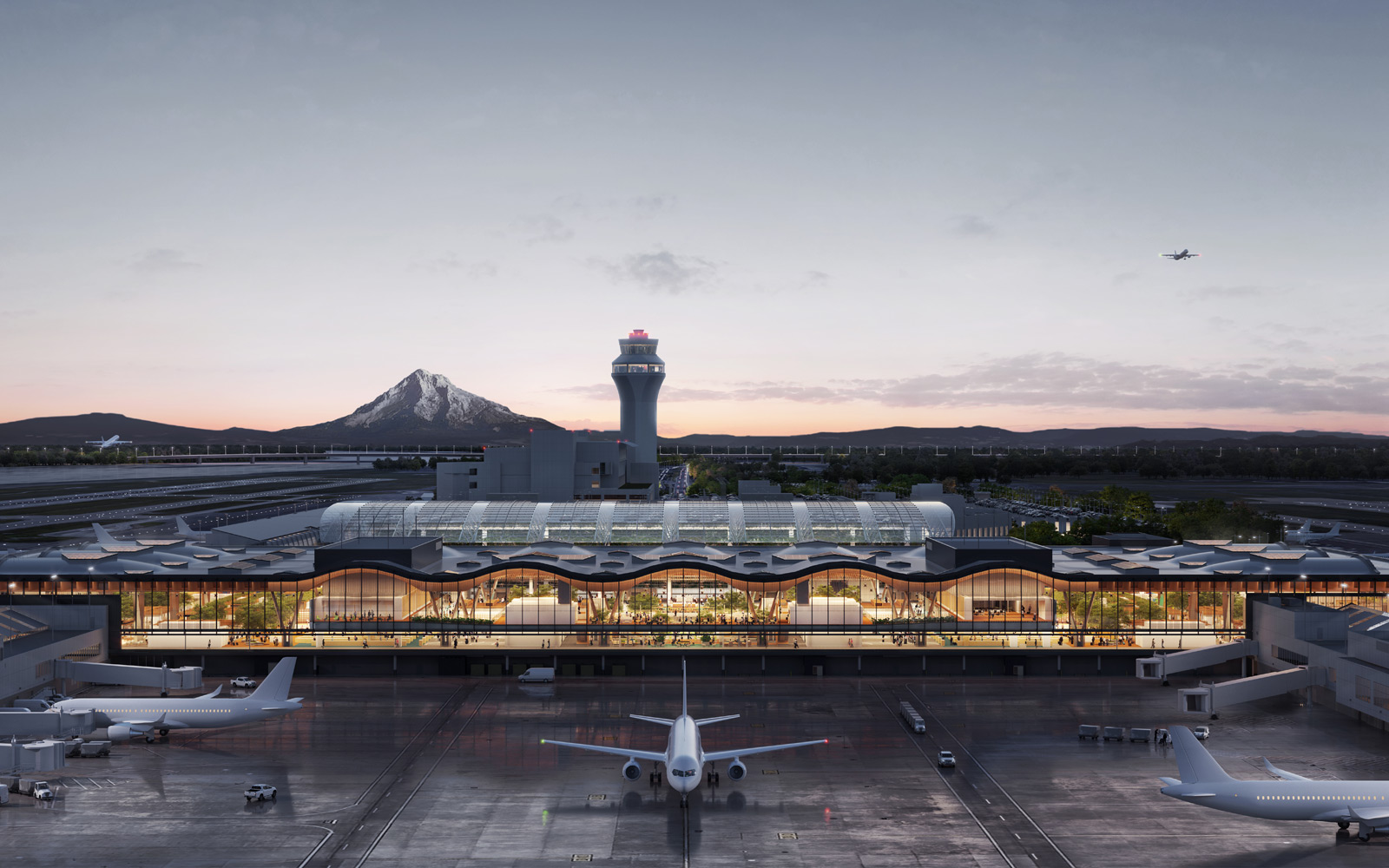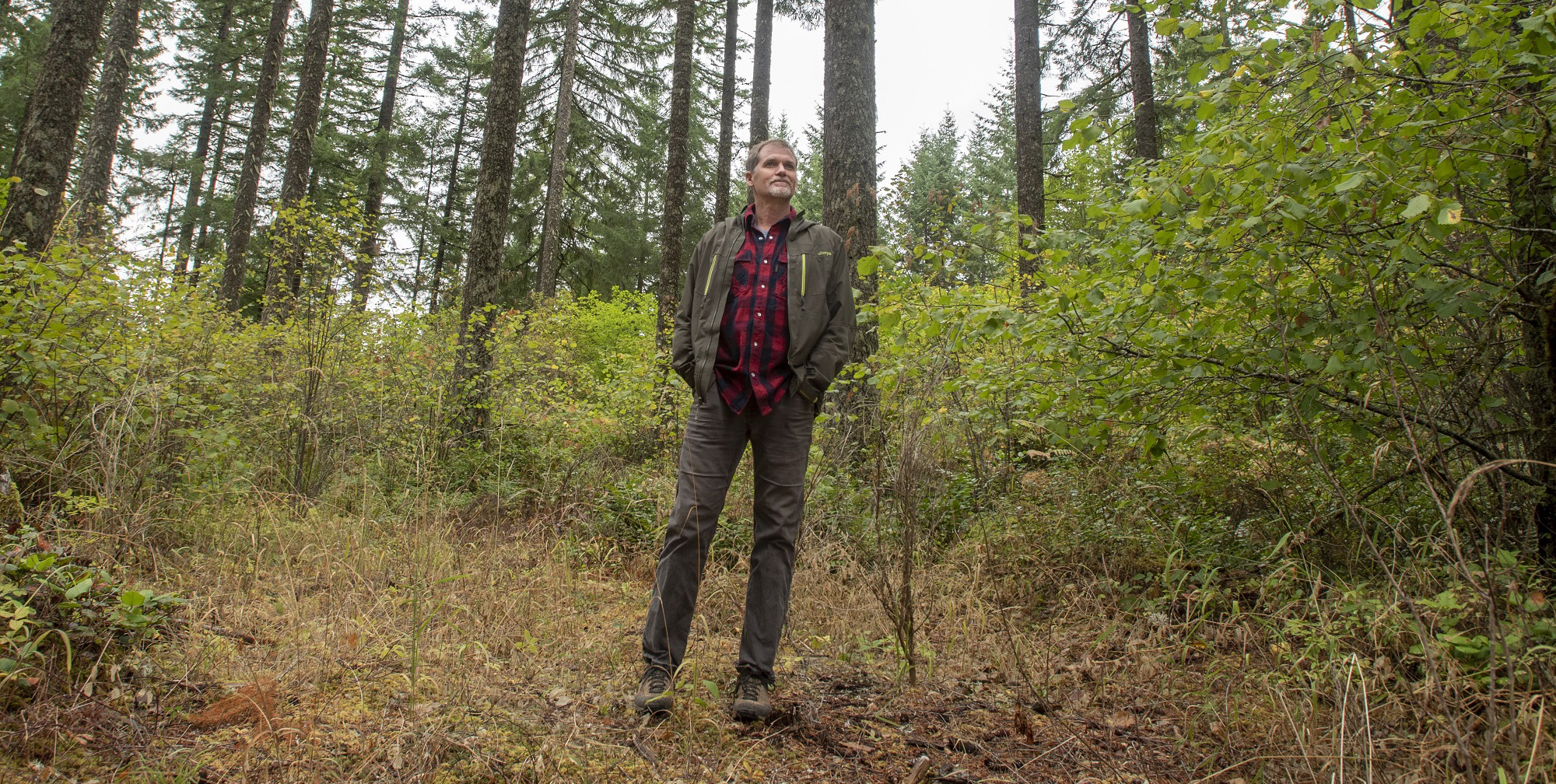
Photo credit: Hannah Letinich
It took a lot of hands to raise the new roof at PDX. We’re shining a spotlight on some of the key people who made this feat possible. Meet some of the others.
If you've seen pictures of the Douglas-fir lattice that covers the ceiling of the new main terminal, you can imagine that building the lattice out of 600,000 board-feet of wood was a major effort. Just getting that wood to the Port of Portland's construction partners was a massive task. That’s because we wanted to make sure that almost every single board came from sustainably managed forests in Oregon and Washington—something no one had ever done on this scale. (Meet some of the forest stewards we worked with.)
Ryan Temple, president of Sustainable Northwest Wood, is one of the connectors who made this possible. The Southeast Portland company, which Temple founded in 2008, was the first lumber yard in Oregon to exclusively offer sustainably harvested and reclaimed wood from local mills for sale to construction firms and members of the public. "Part of what we're doing is selling wood," he says, "but part of what we're doing is educating customers."
PDX Next sat down to ask Ryan what it took to source wood for the lattice. This conversation was edited for length.
PDX Next: How did you get interested in sustainable forestry?Ryan Temple: I grew up in Oklahoma, and I used to spend my summers with my grandad, who was Cherokee, on our Indian allotment land. One of the biggest impressions from my early youth was seeing him light our land on fire every fall. I asked him, why do you do that? He taught me that humans are not separate from the land. We are part of nature. We have impacts on nature. We are intended to live in harmony with one another. I have carried that forward into everything I do.
What does sustainable forestry mean to you?If you were to ask a lot of folks about the concept of sustainability, they would say, well, we have the Oregon Forest Practices Act and Washington’s Forest Practices Rule. That means if we cut something, we replant it. But when you talk about sustainability in a forest, there's more to it than just propagating trees, right? It's not a crop—it's a functioning ecosystem. Sustainability also needs to account for watershed health, wildlife habitat, recreation access, species diversity, and resilience to wildfires.
What's the main challenge in getting wood from small, sustainably managed forests and tribal lands to the public?For so much of the forest industry, you call up an order and, a few days later, it shows up. But when you really want to track wood to a specific [source], you have to adapt to a forest manager's schedule: If it's fire season, they’re not cutting. Or, it's too wet and [the equipment] would destroy the soil if we try to get in there. There are only certain windows when activities are happening, so we have to get the trees when we can.
What do you think will be the long-lasting impact of building PDX’s new roof?For so long, the conventional thinking has been "As great as it sounds, there's just no way we can get all our wood from sustainably managed forests and know which forests it came from."
So many of us care about the health of our forest ecosystems, and we would like to think we can make choices that have a positive impact. But, too often, customers feel like they don't have readily available options. This is an example—on a very large scale—of how we make that possible.
With the entire roof, we're talking about 2.5 million board-feet of wood. That's a lot of money being kept in locally owned, non-publicly traded companies in Oregon and Washington. This project has also created a dialogue that normally doesn't happen between architects in Portland and people who work with chainsaws in Mill City, Oregon. Building understanding and empathy toward each other's livelihoods is another important, lasting impact.
